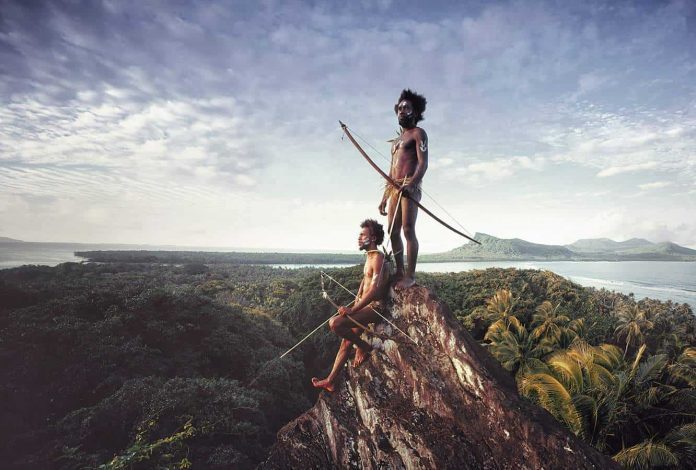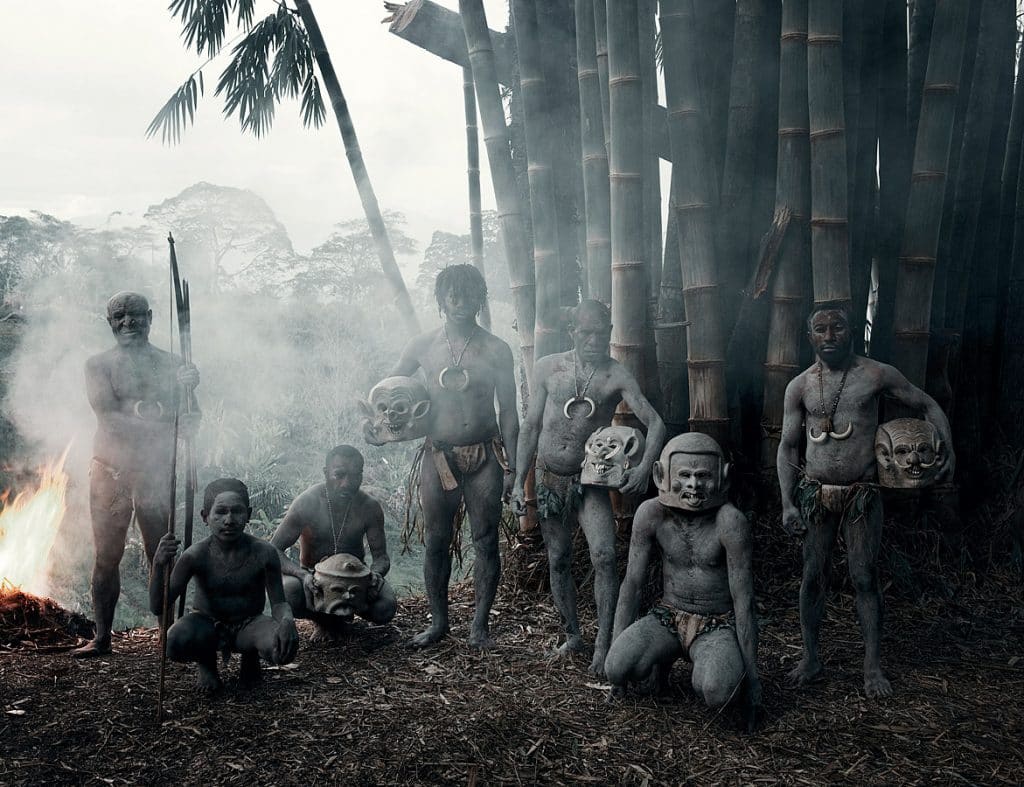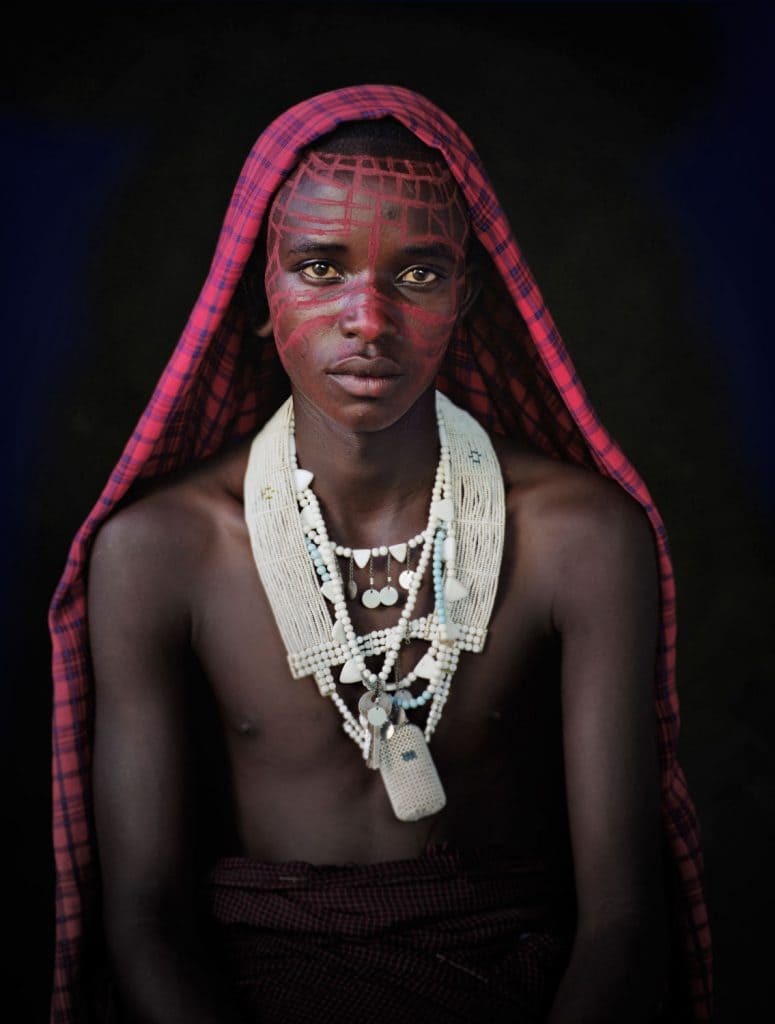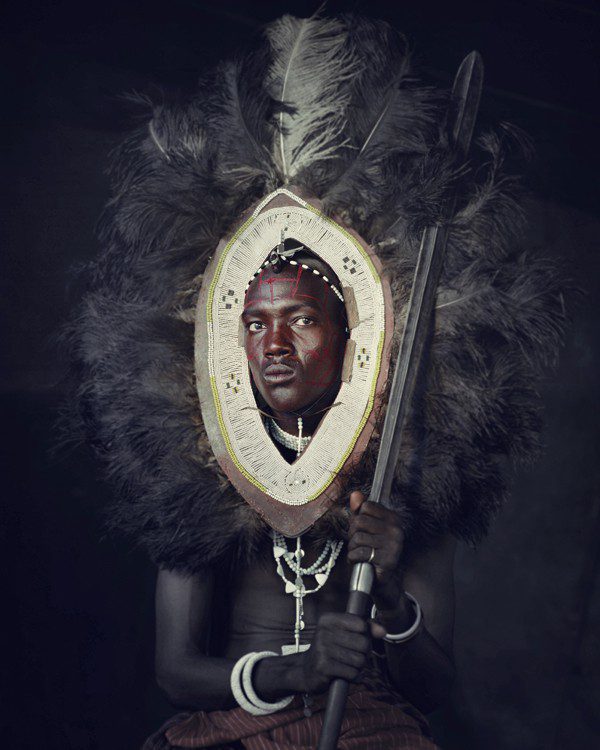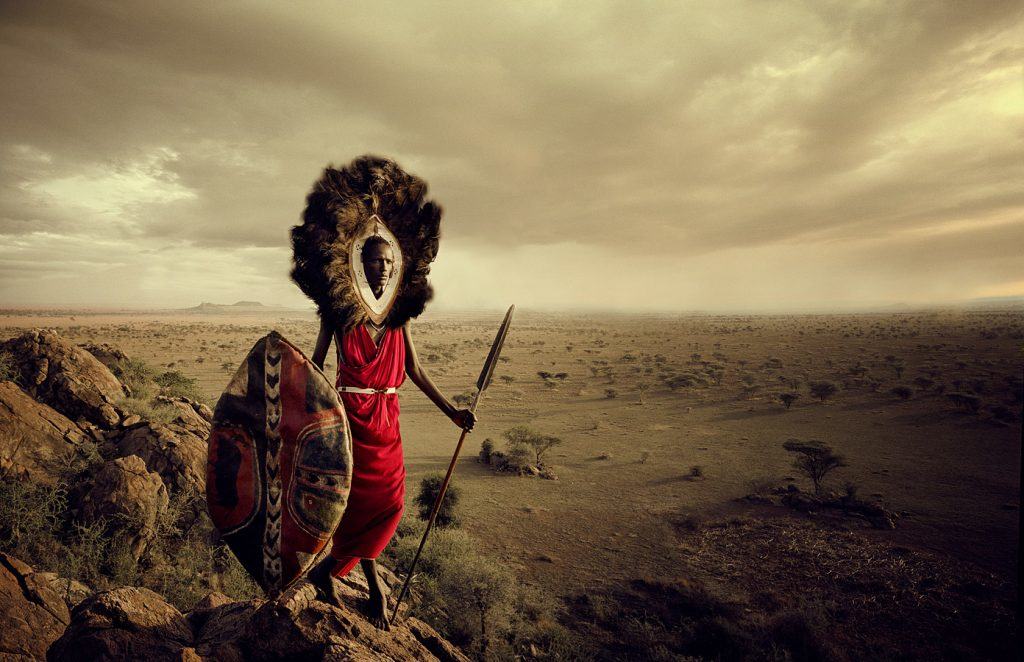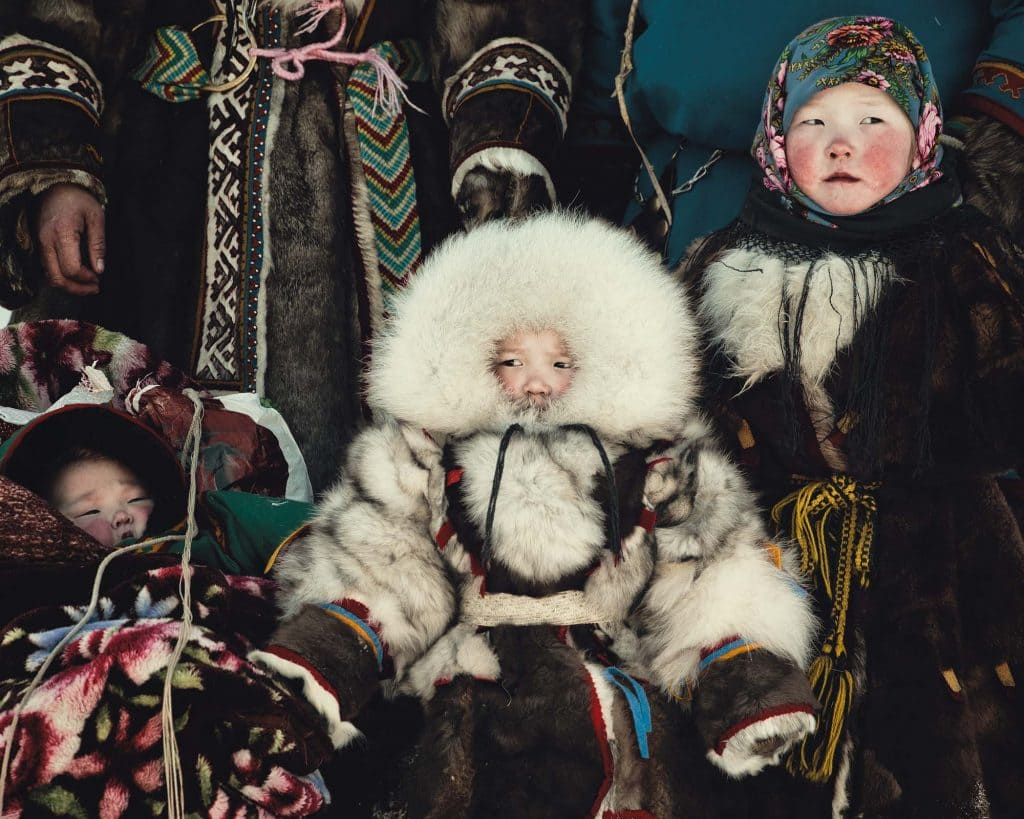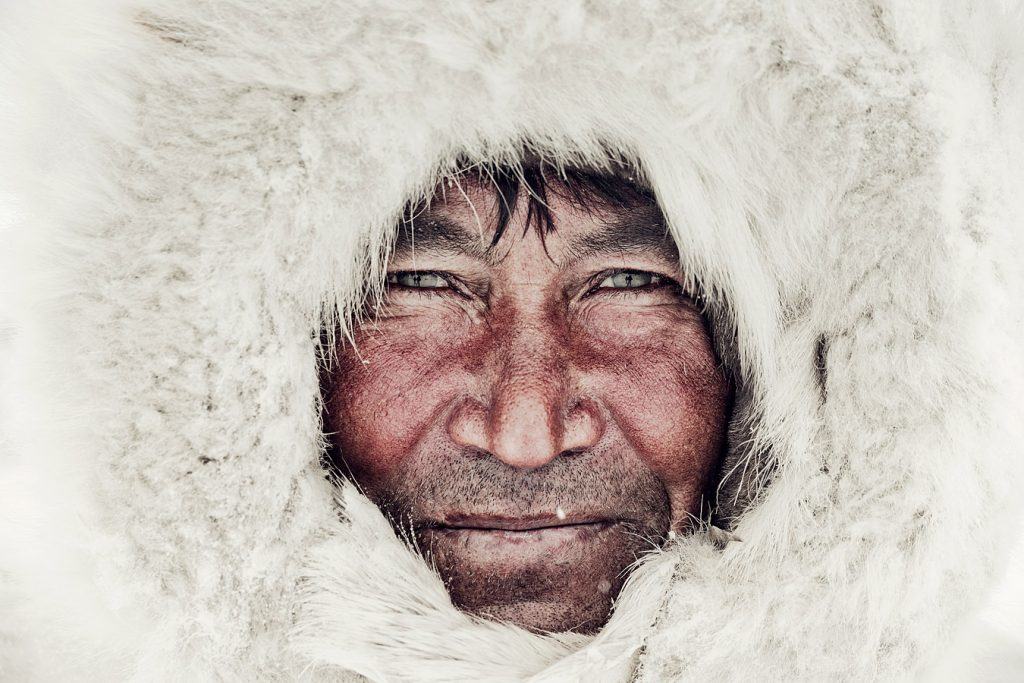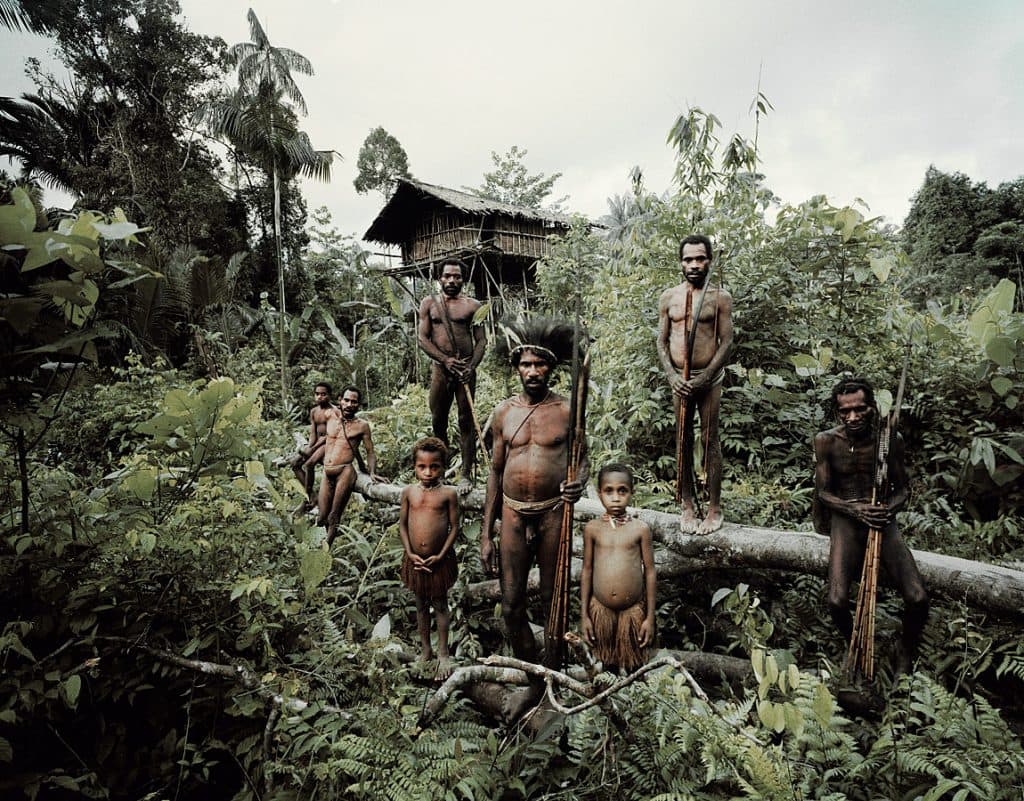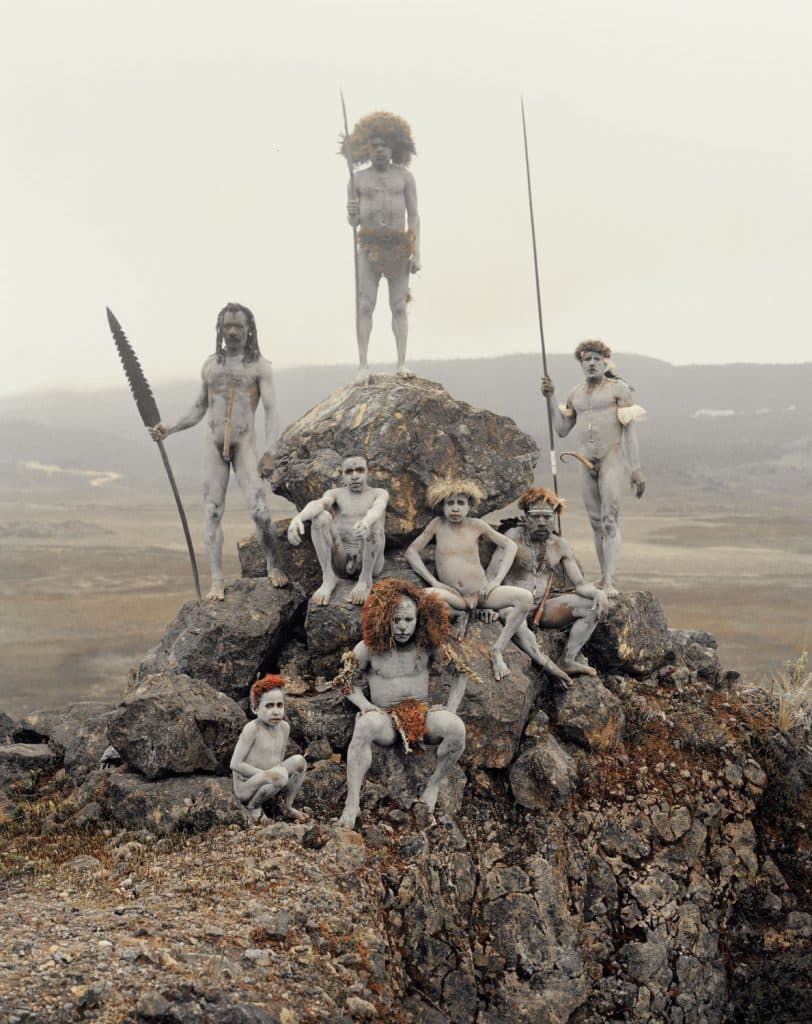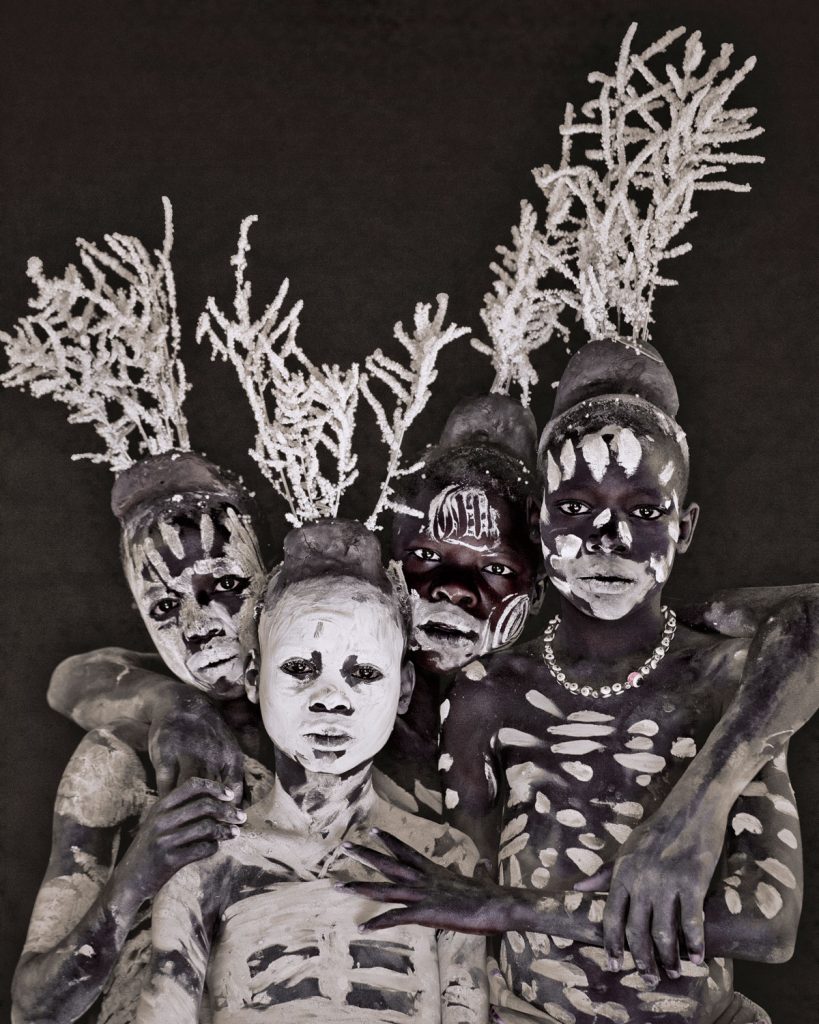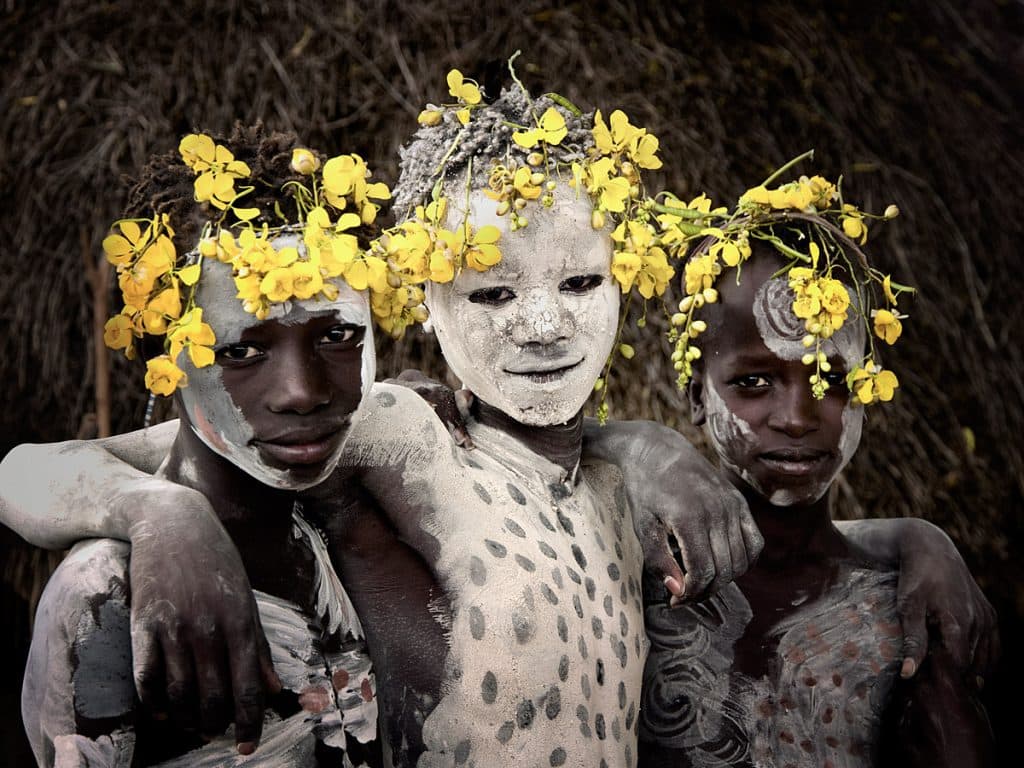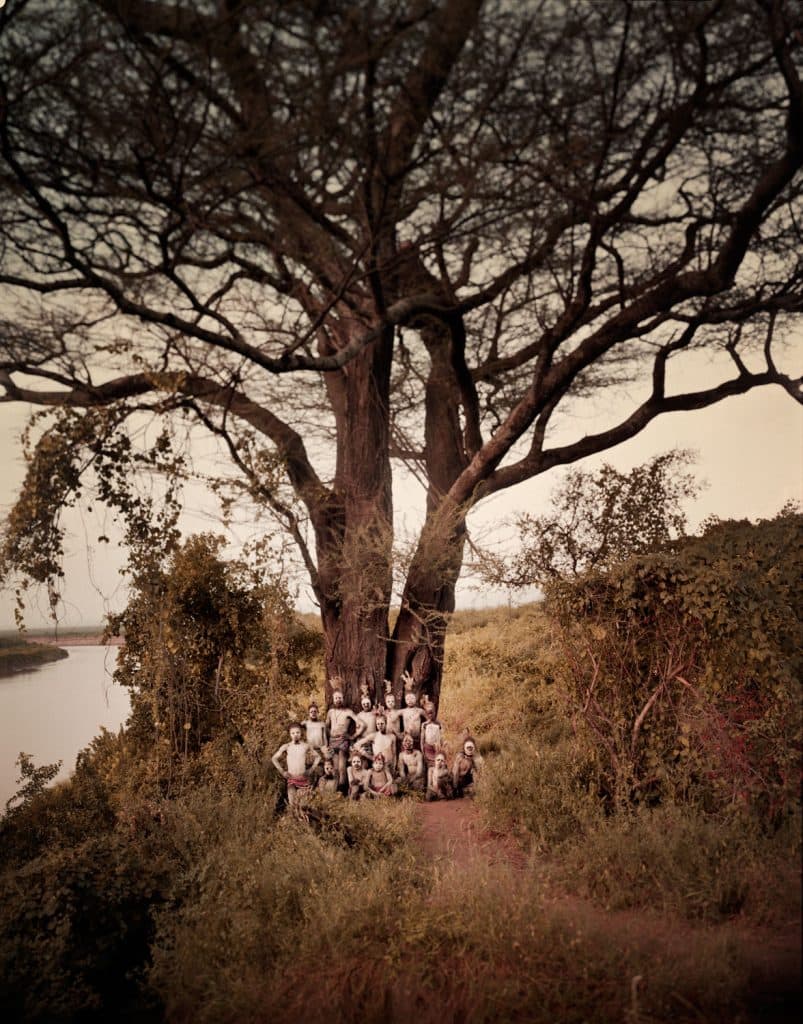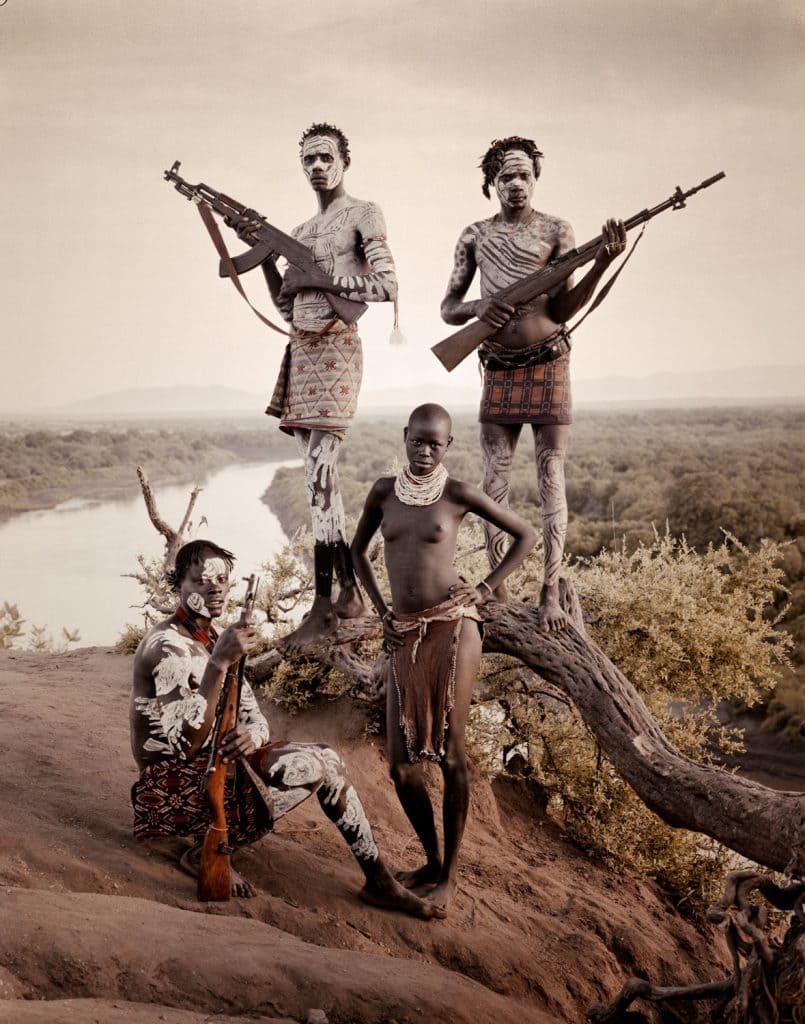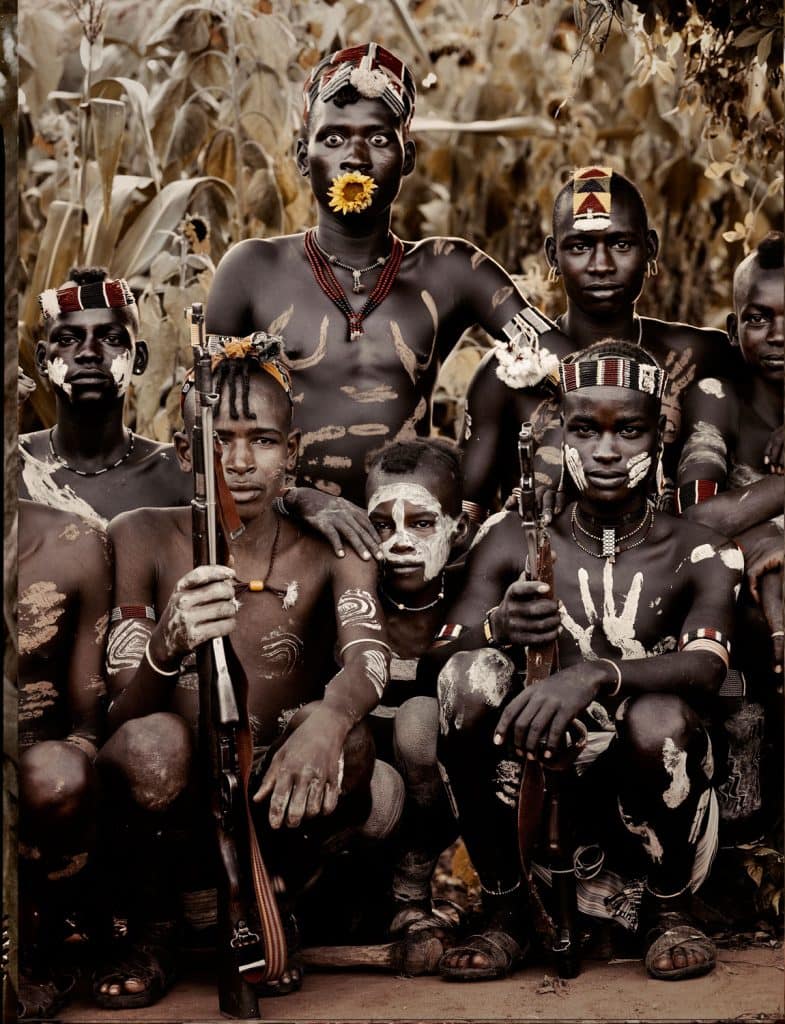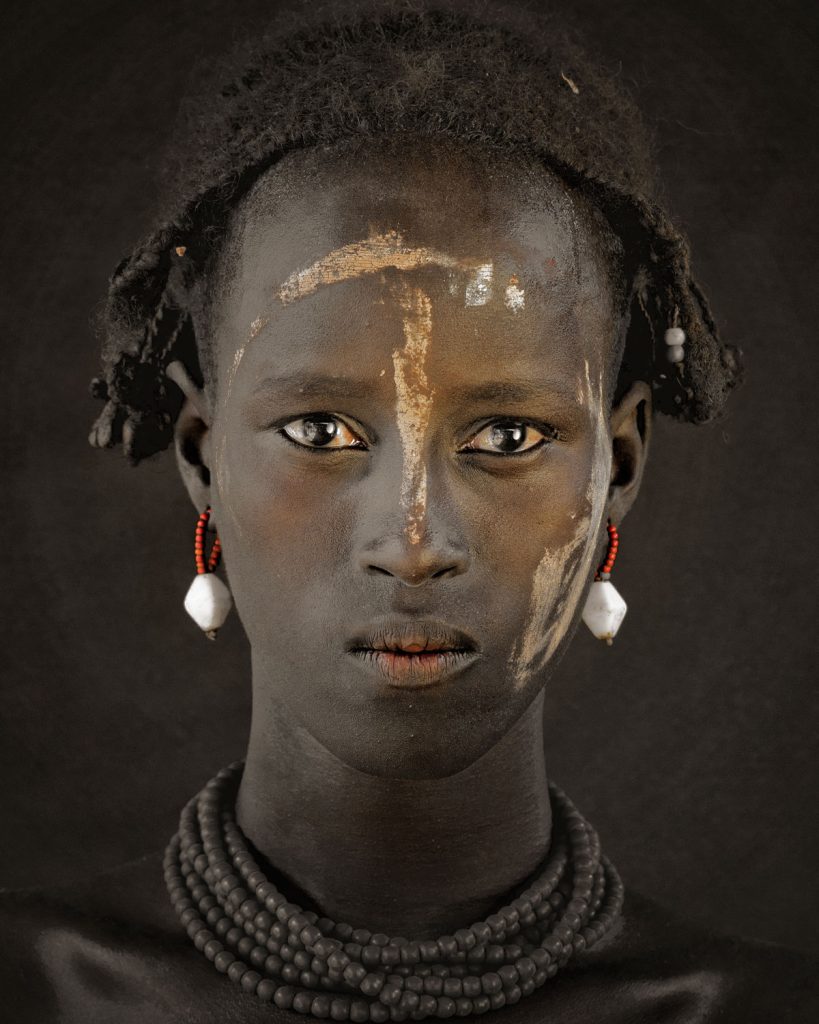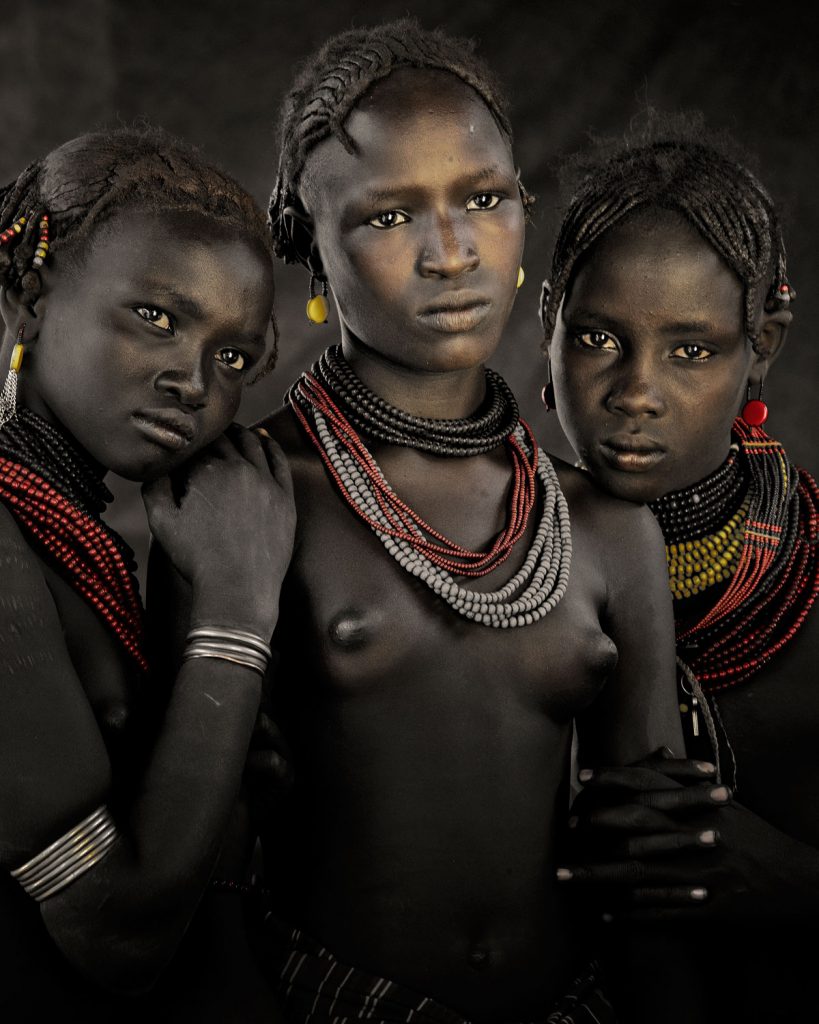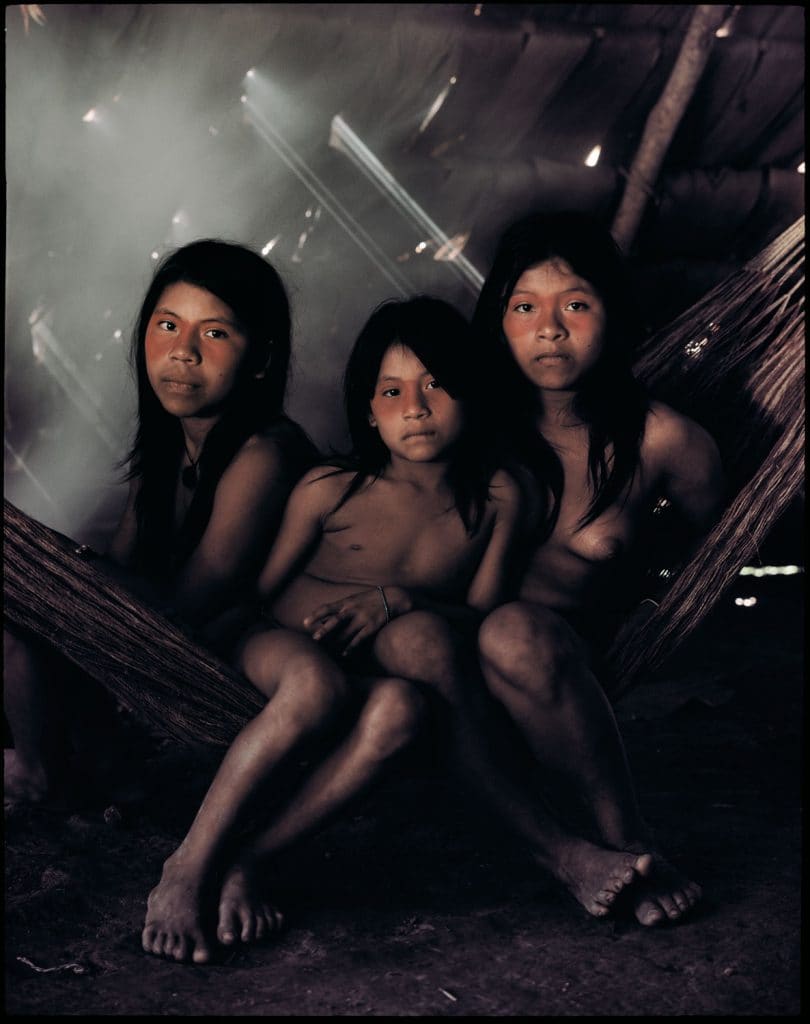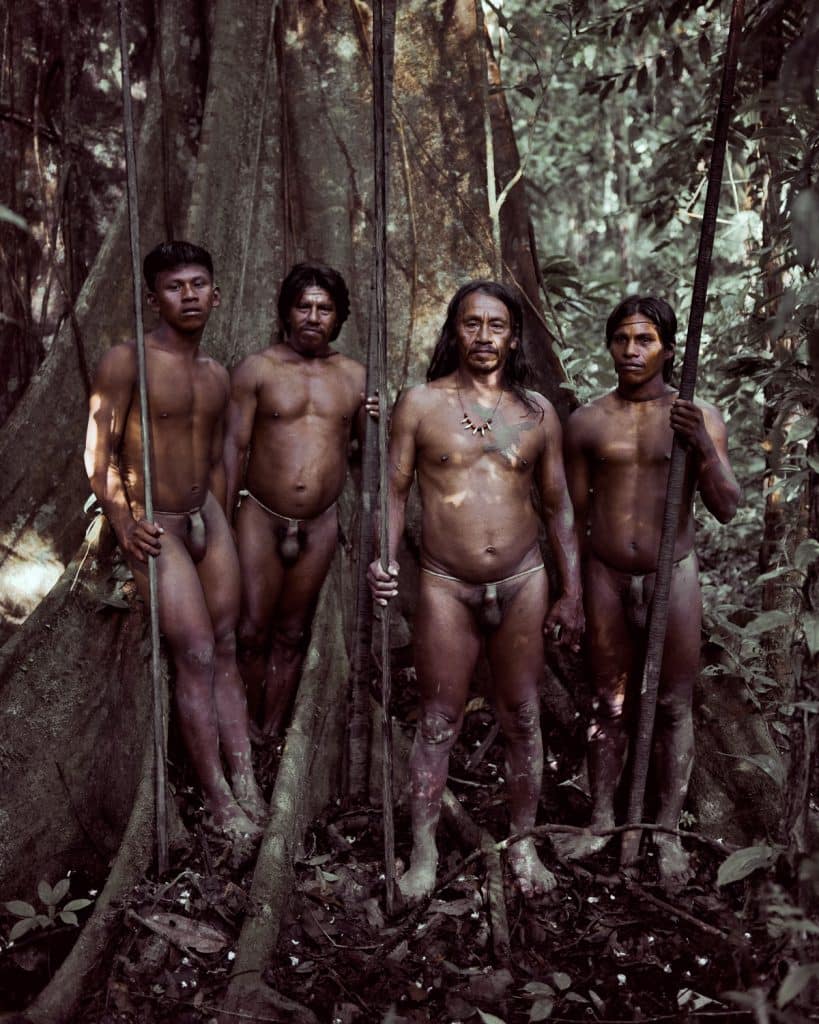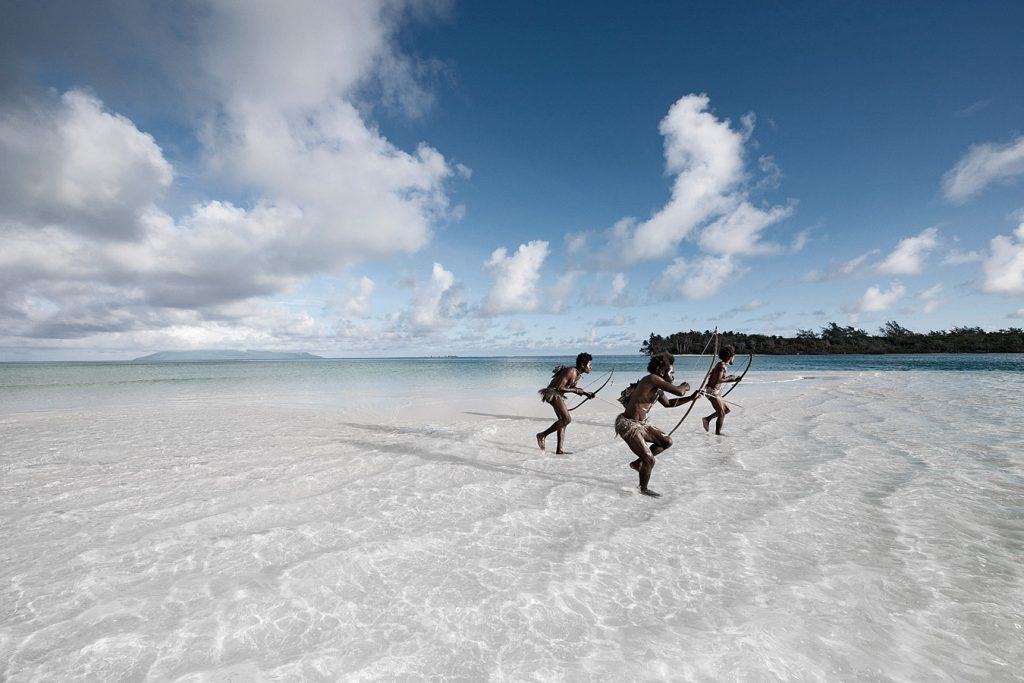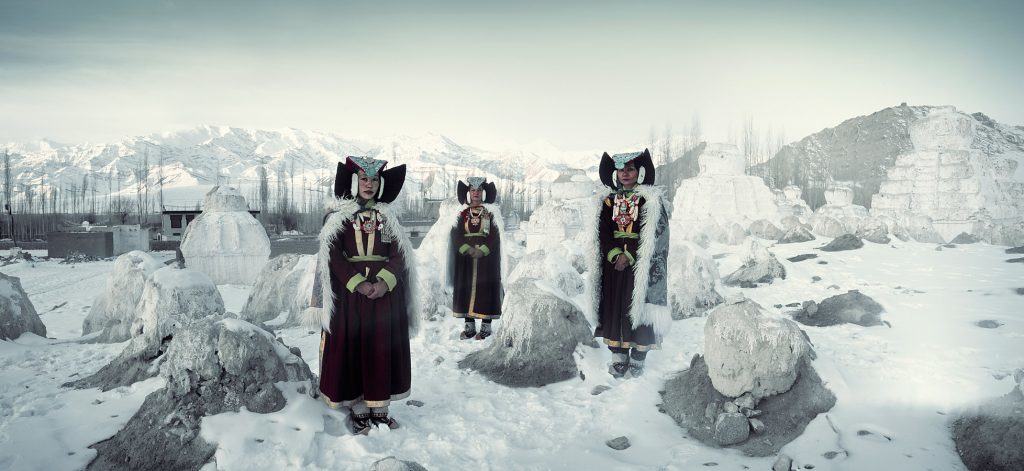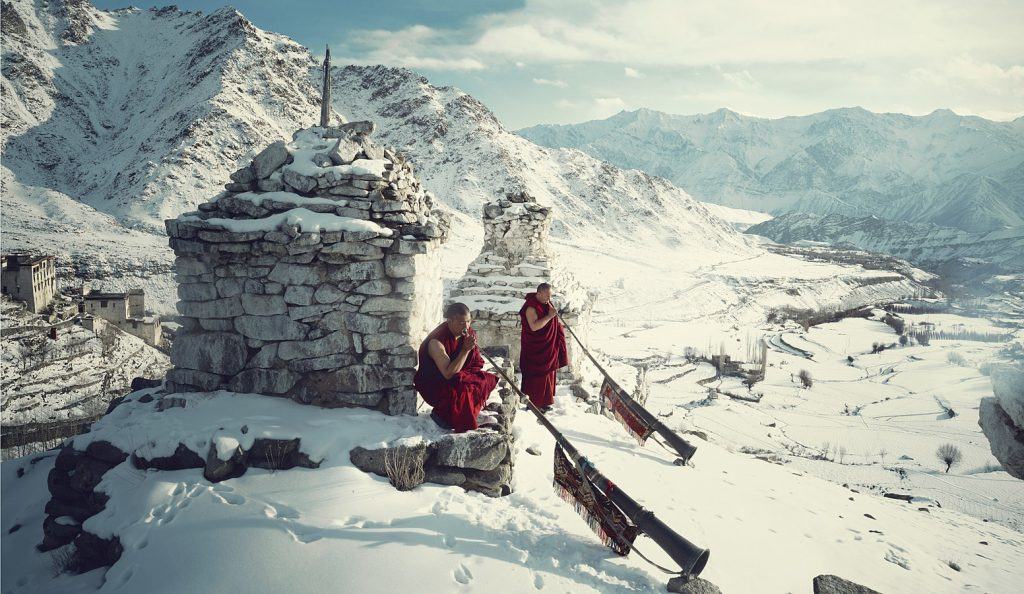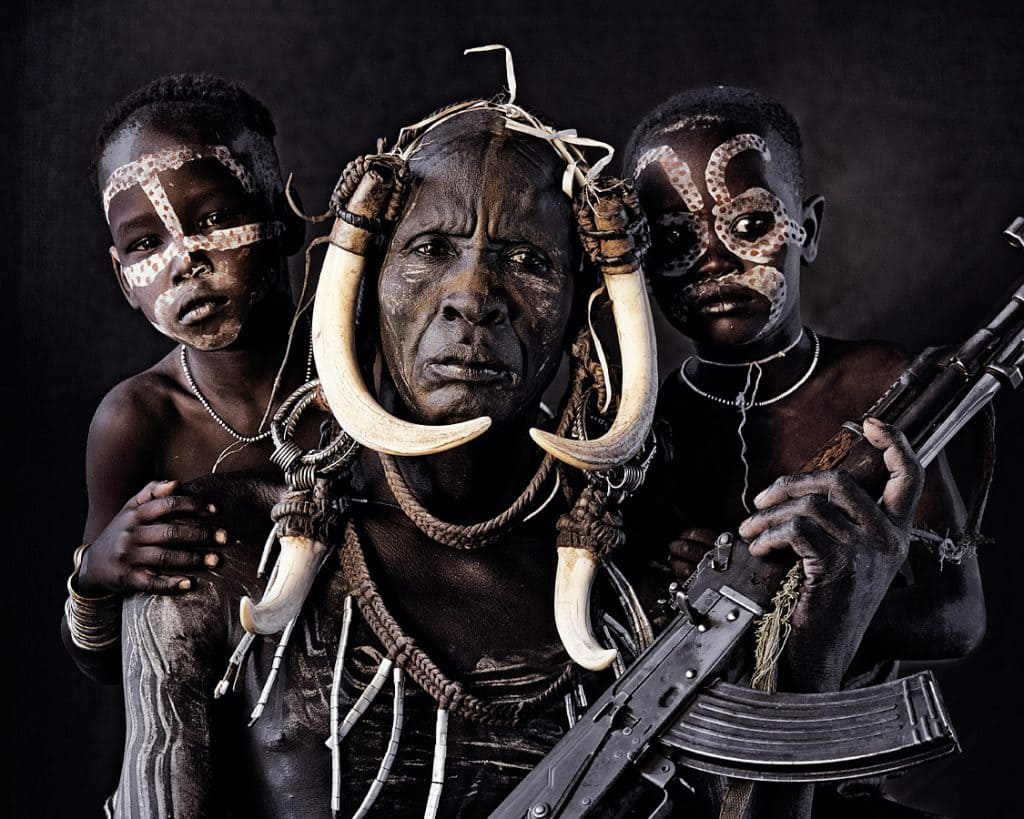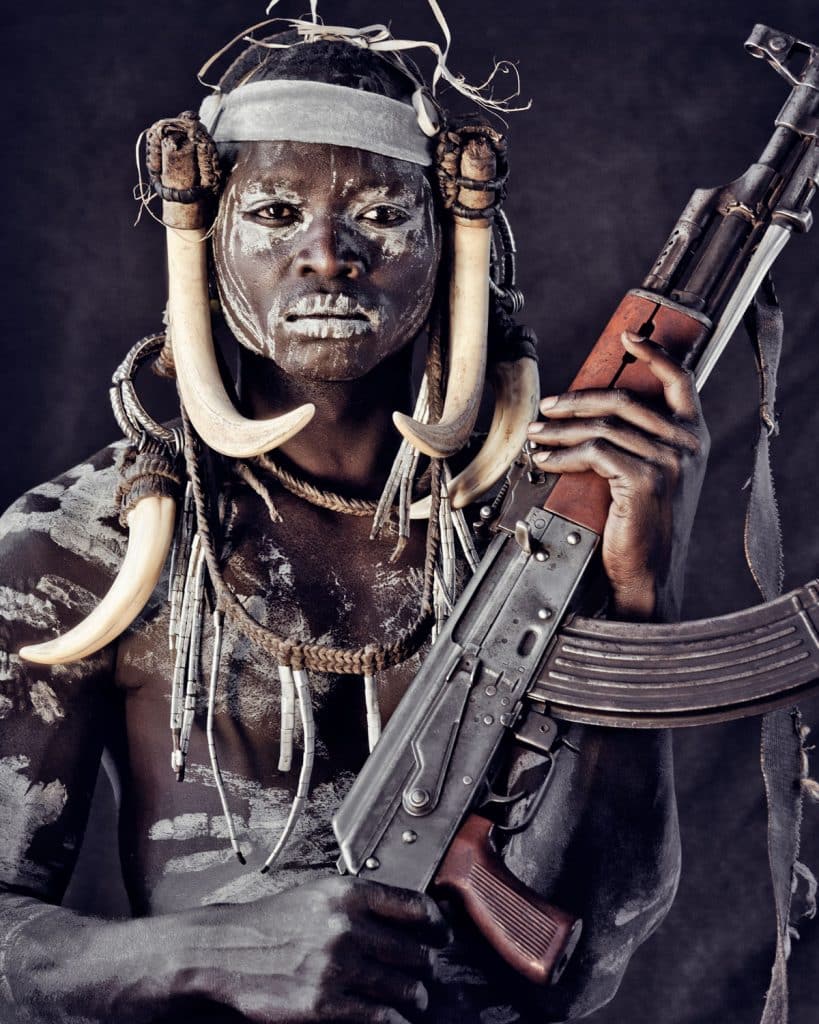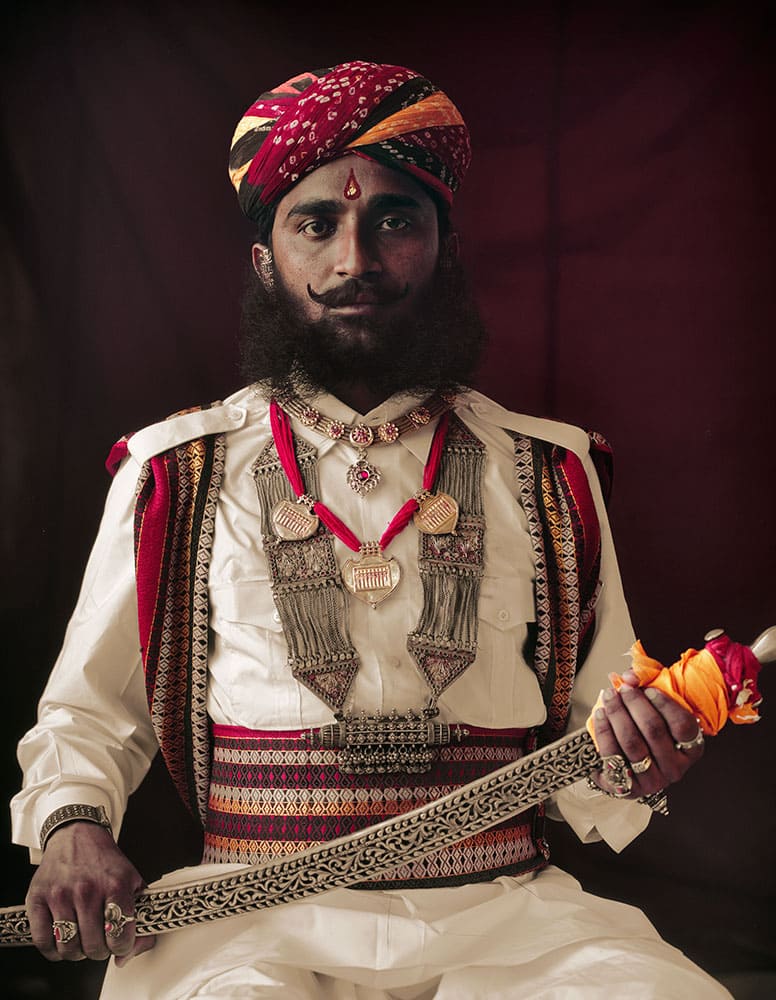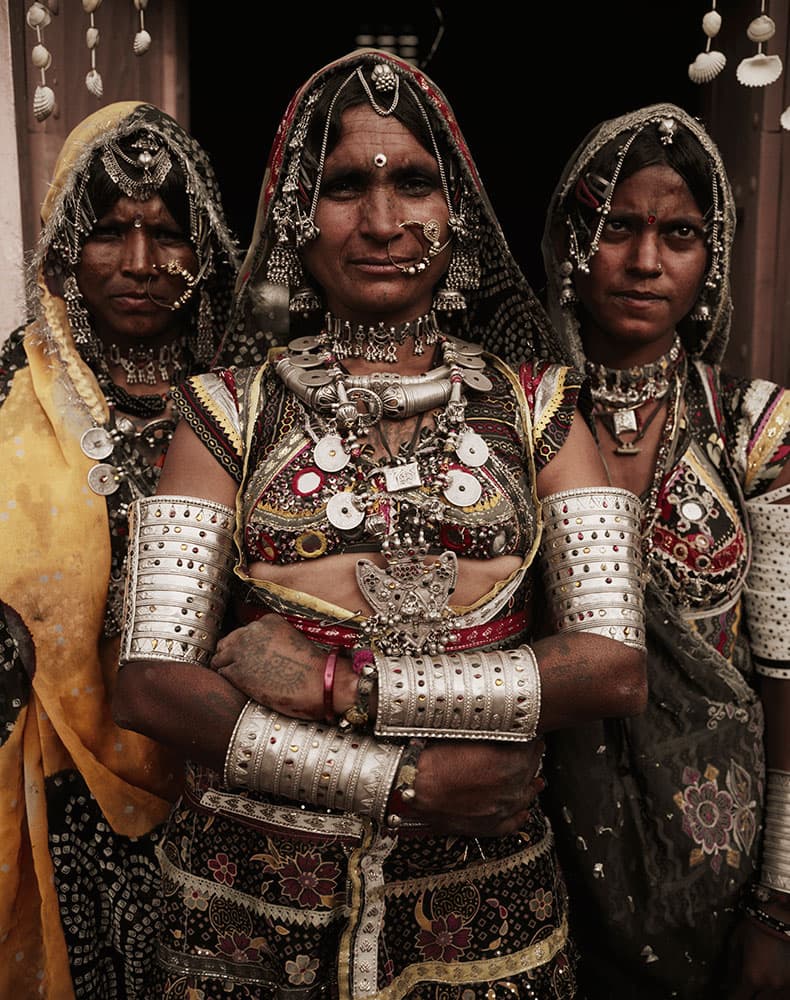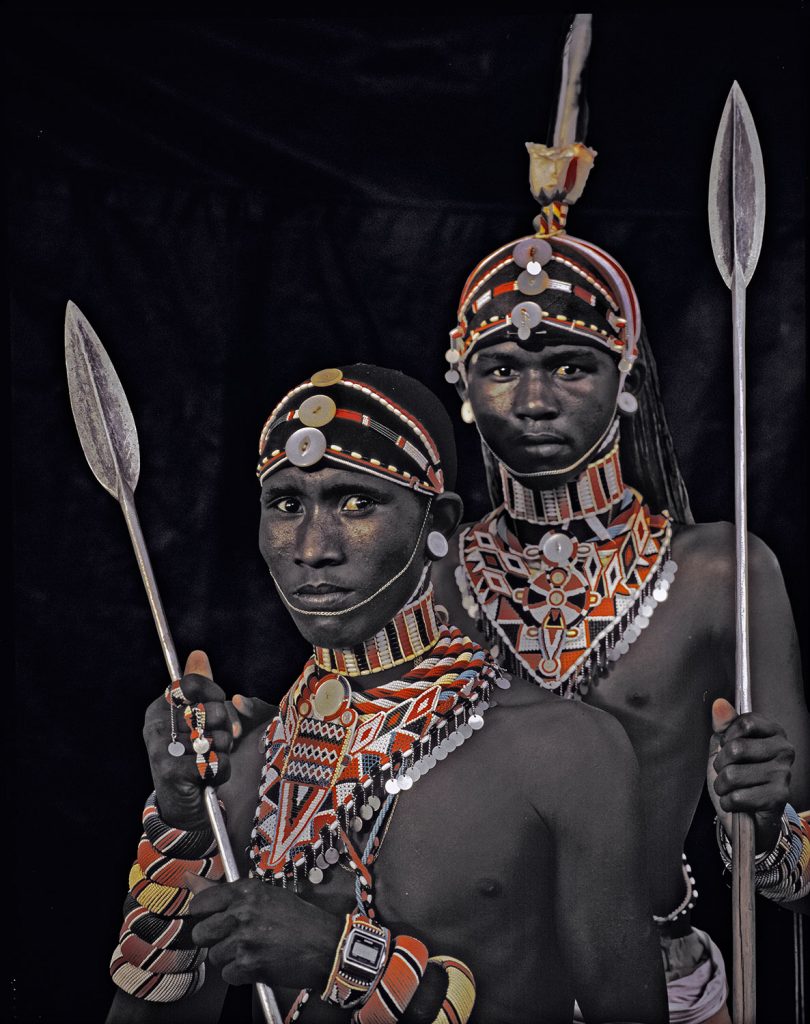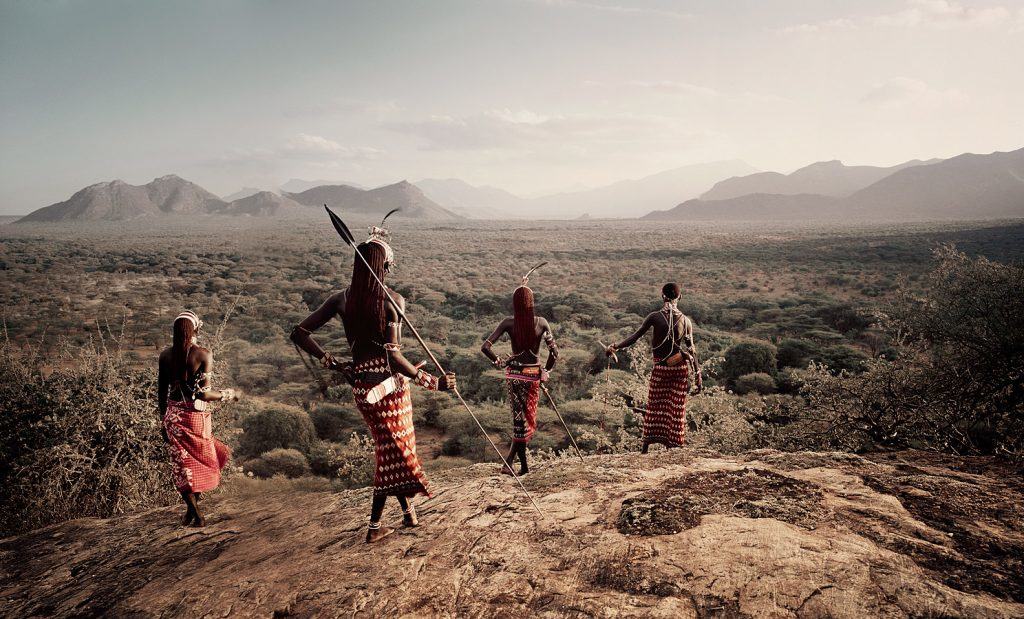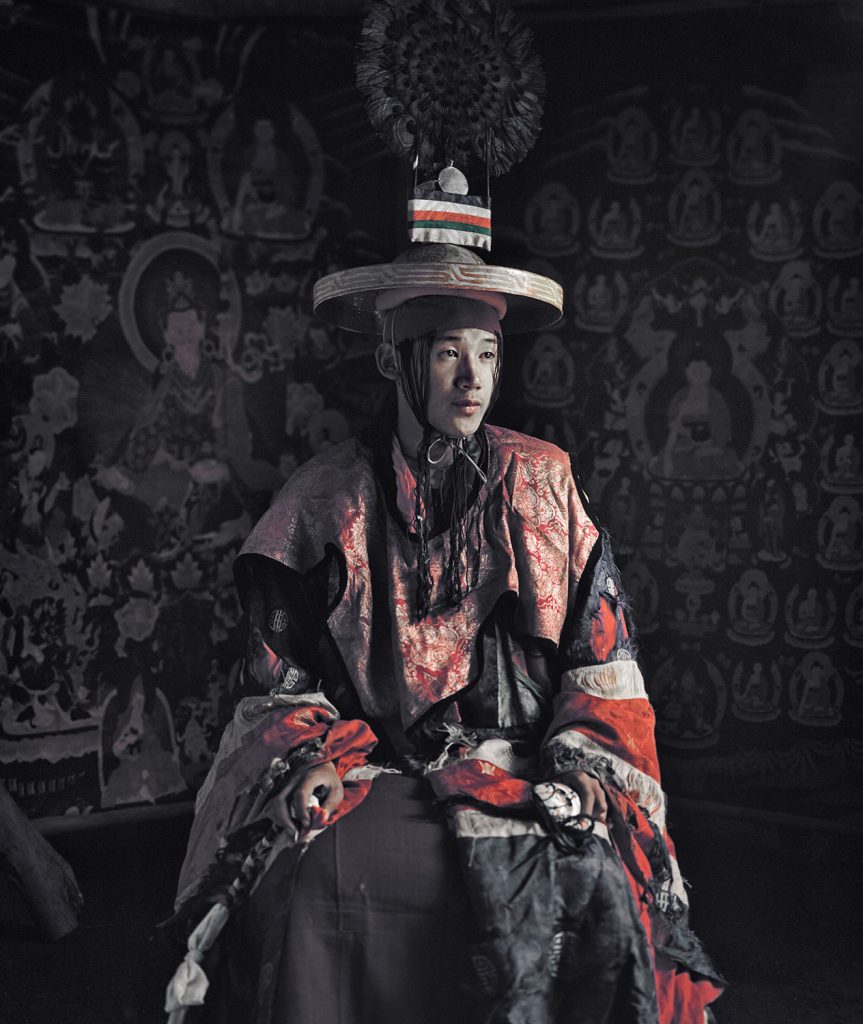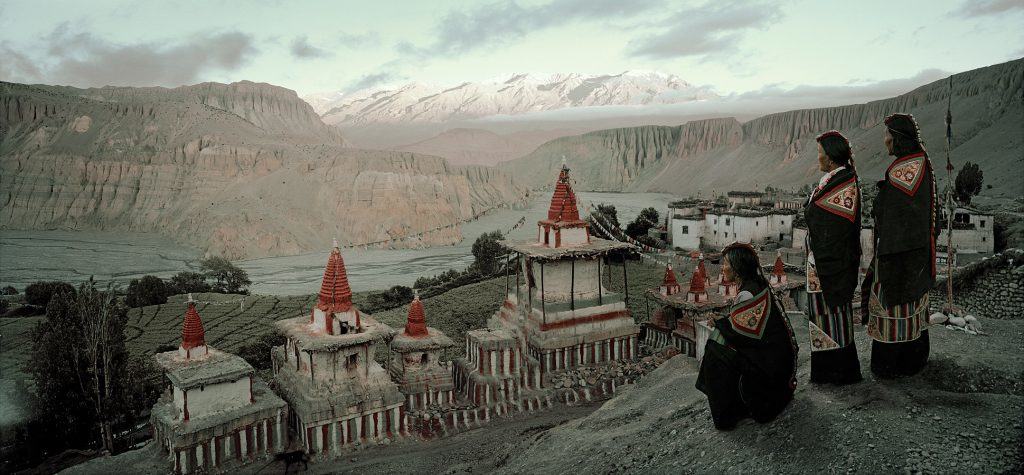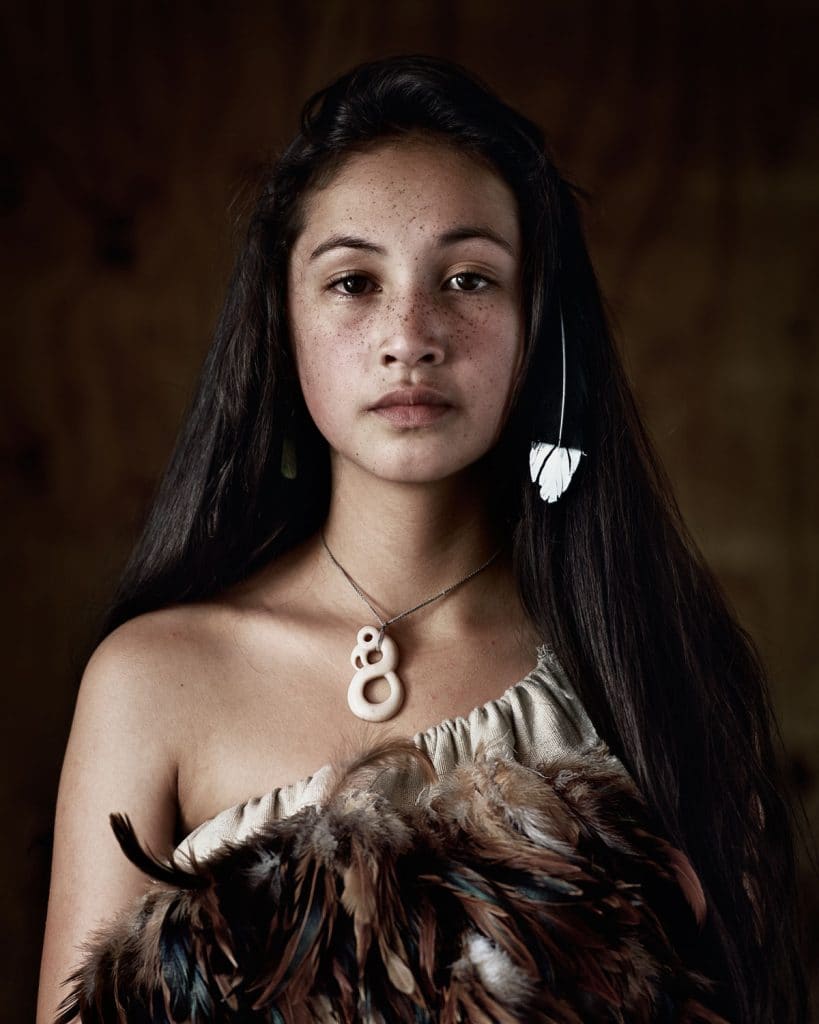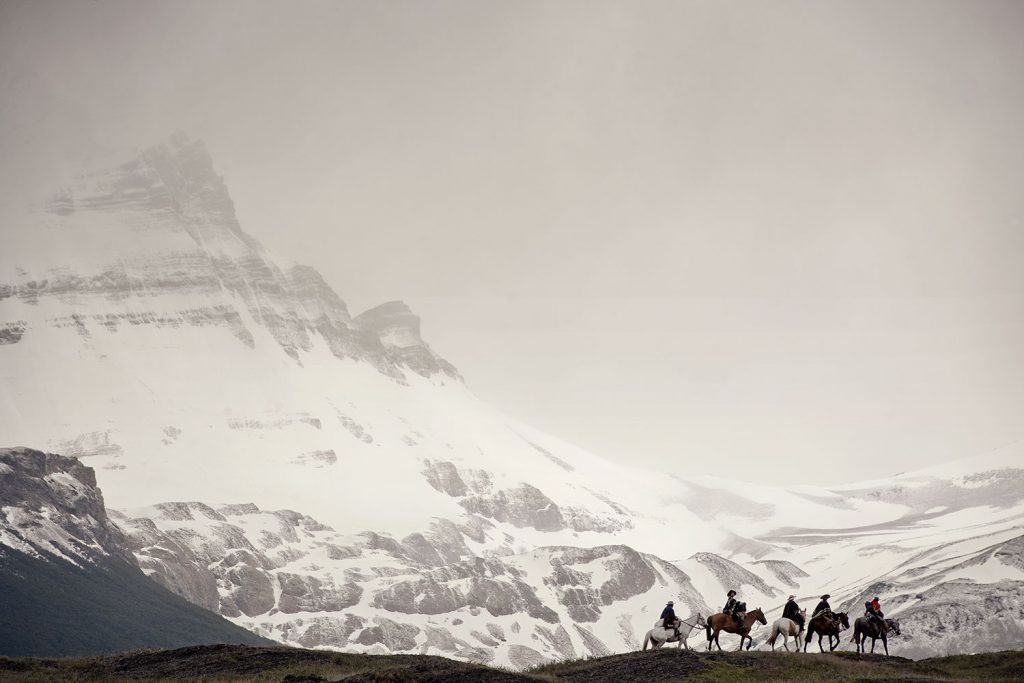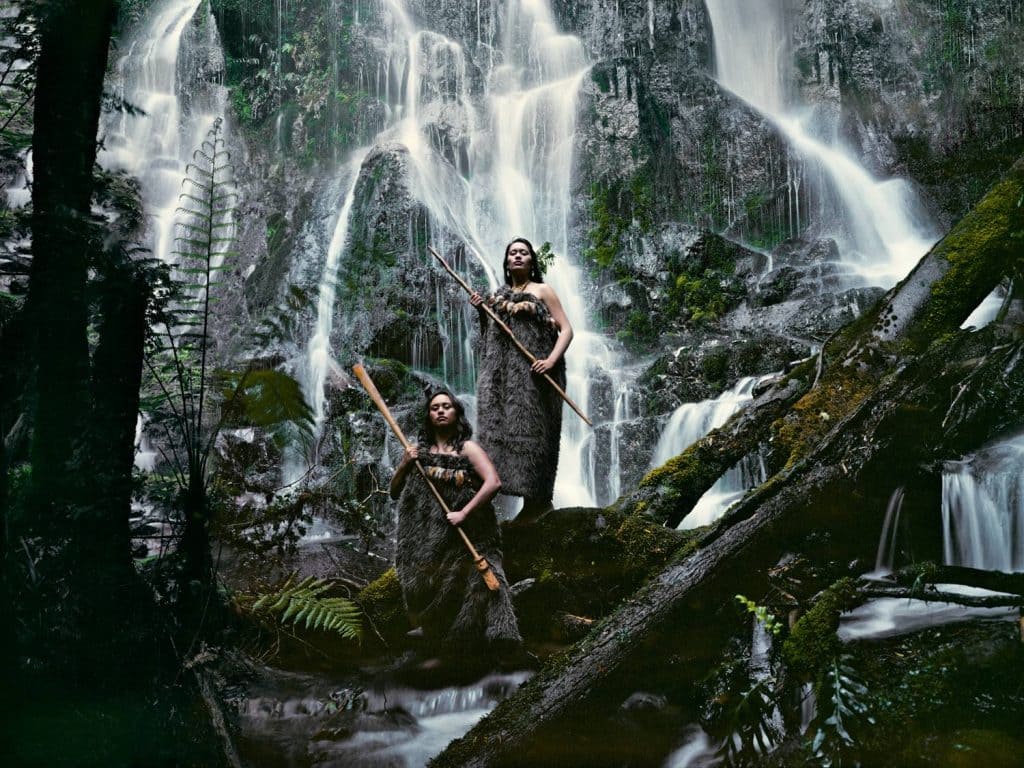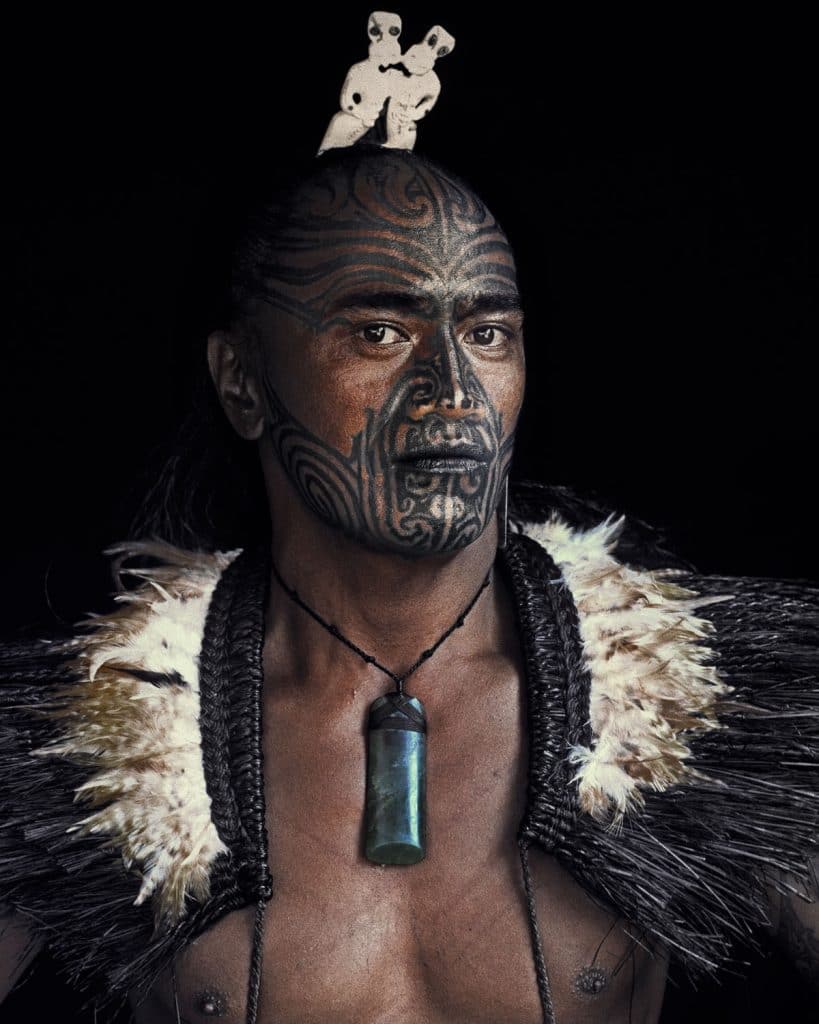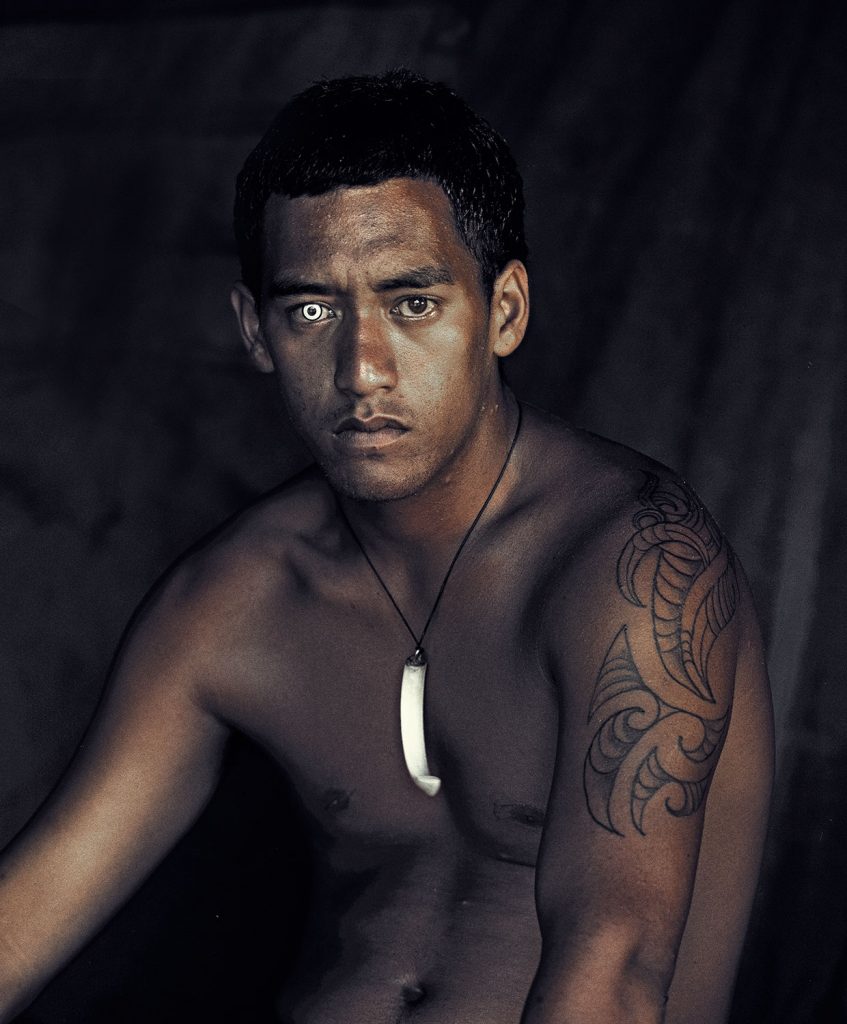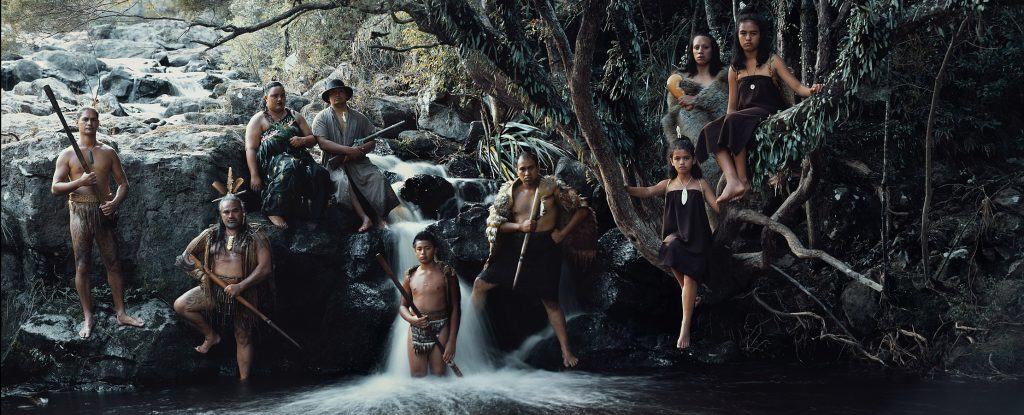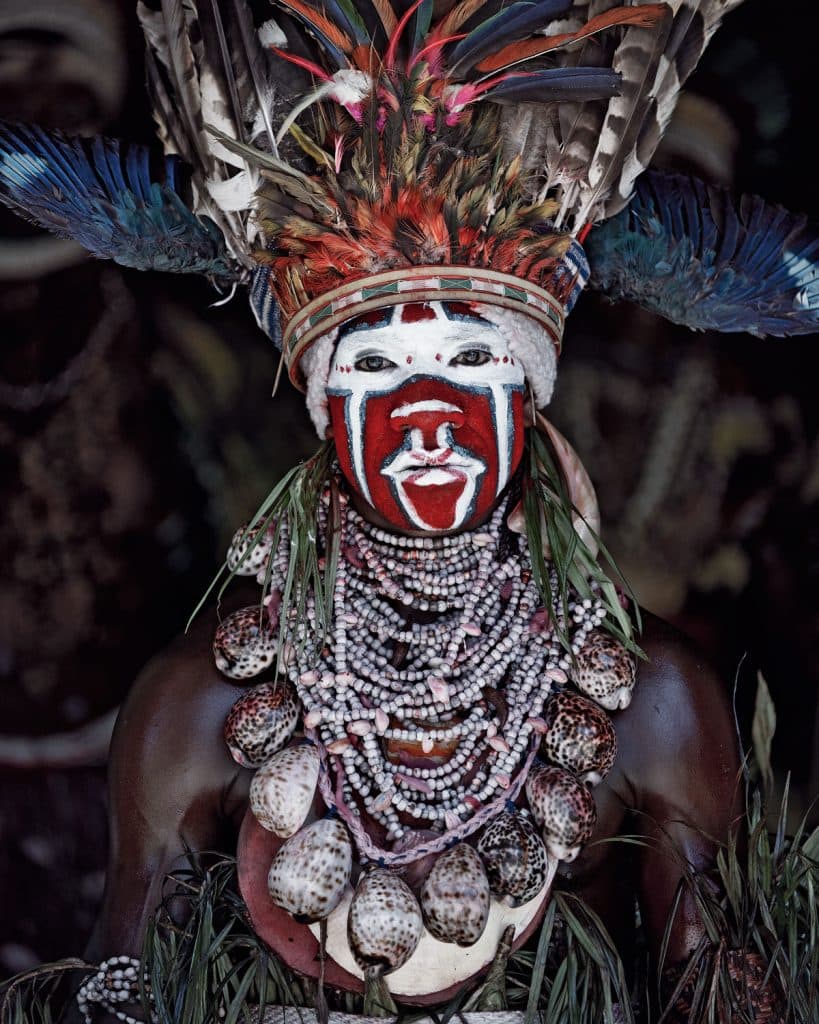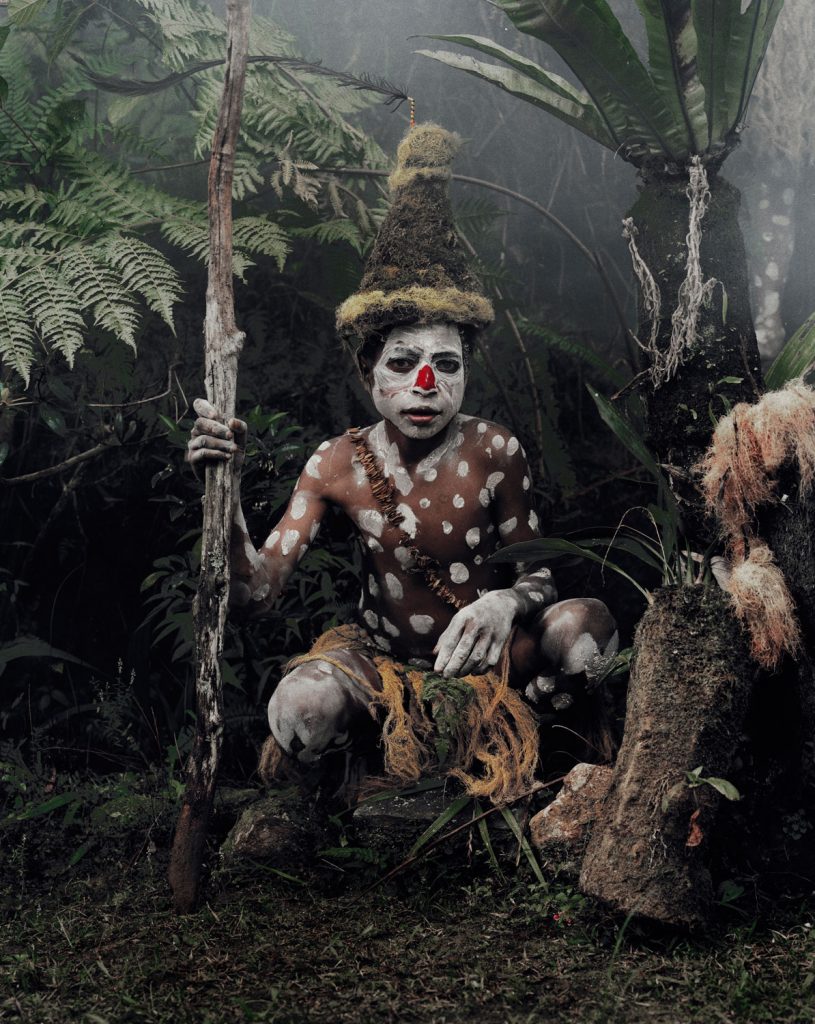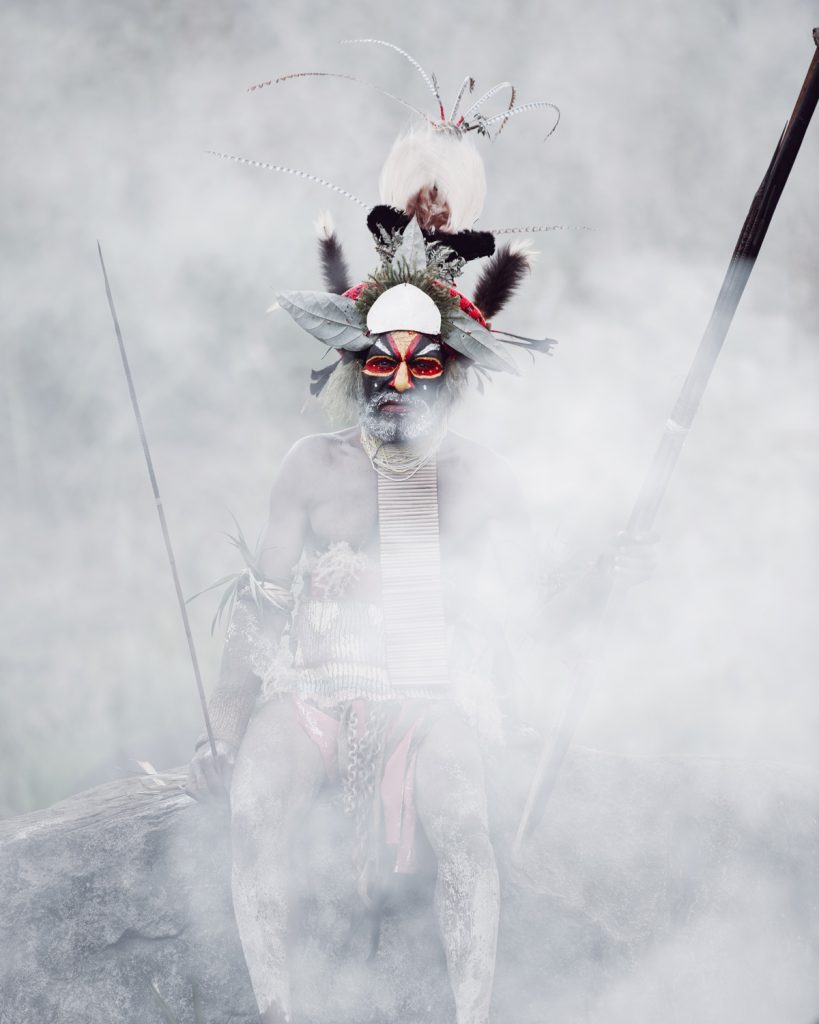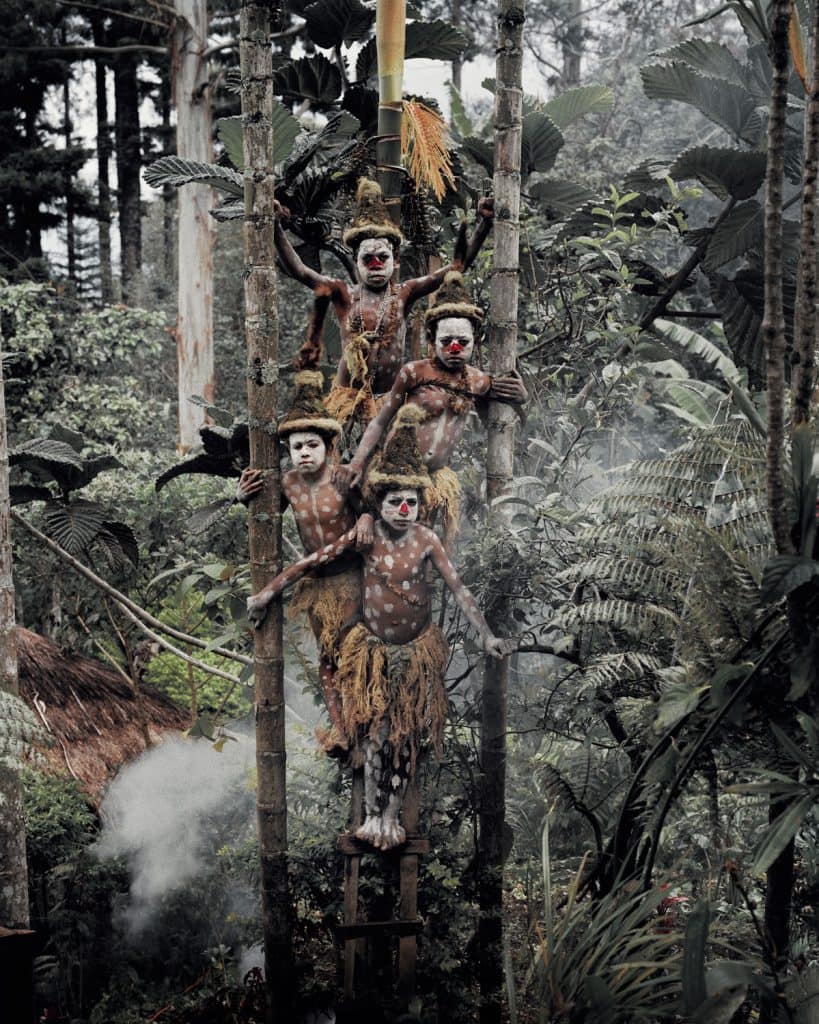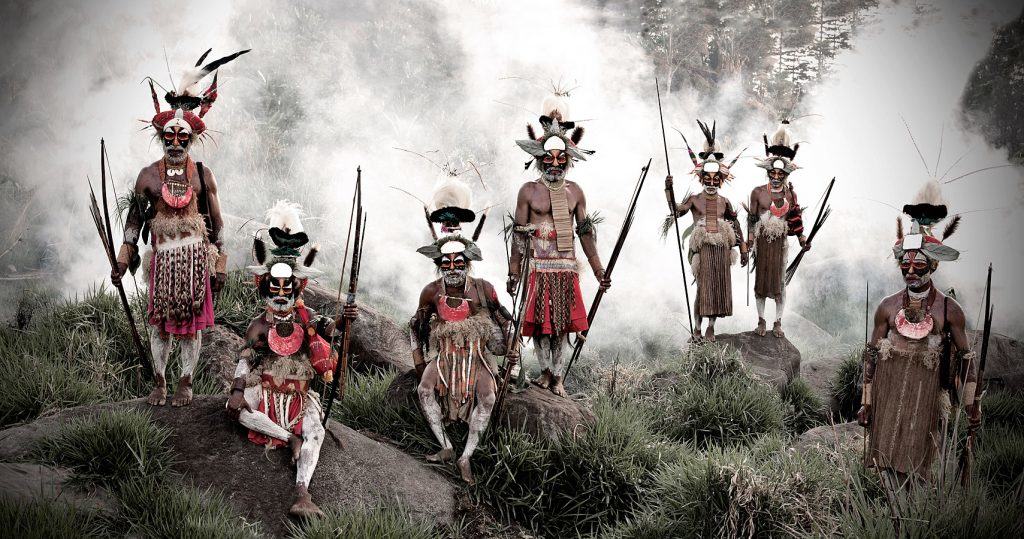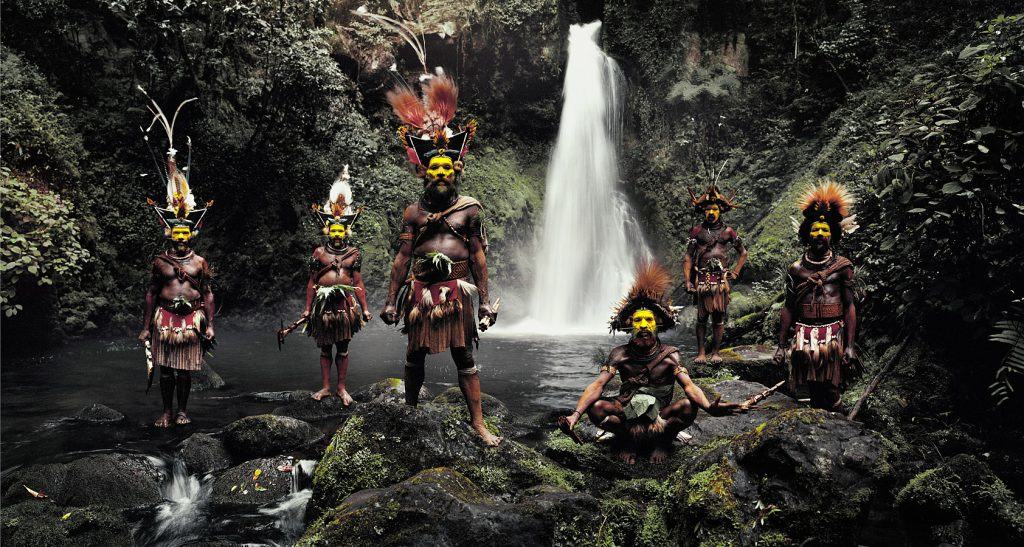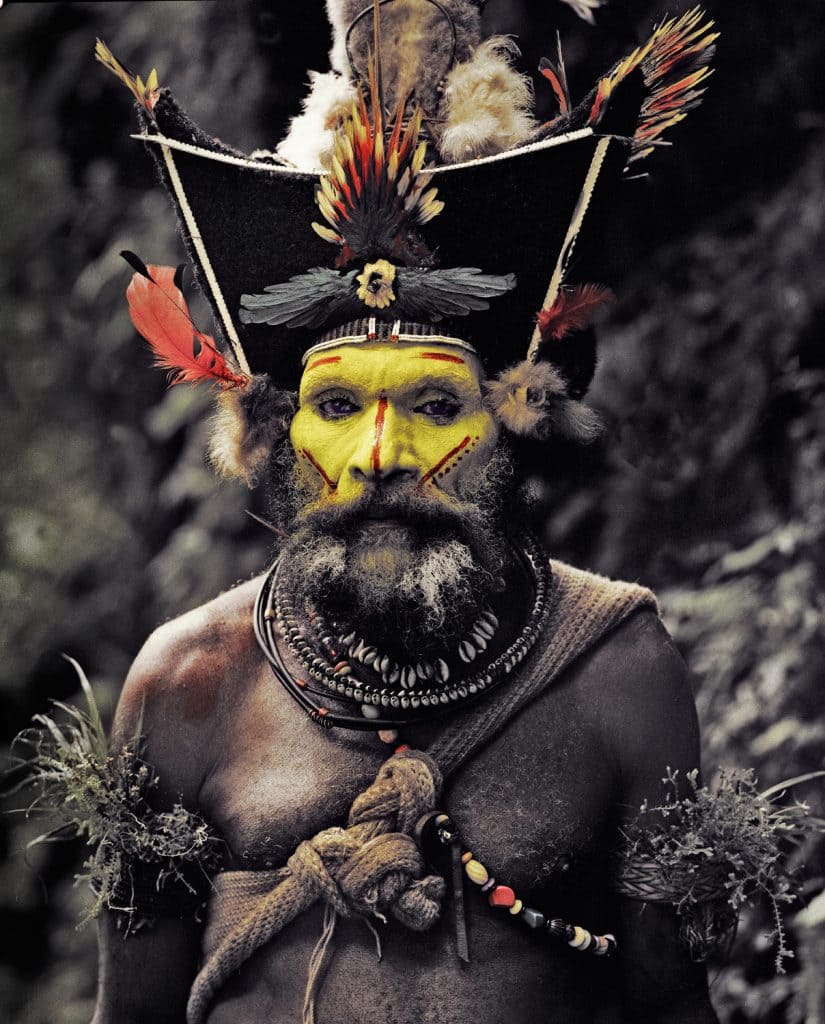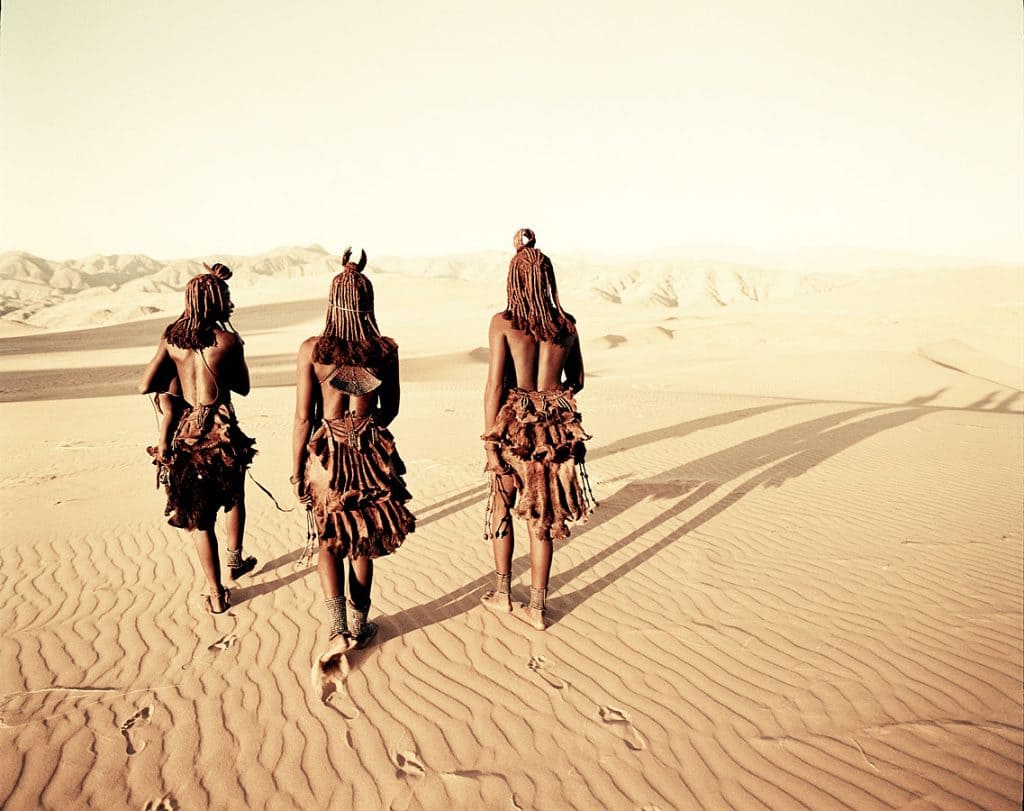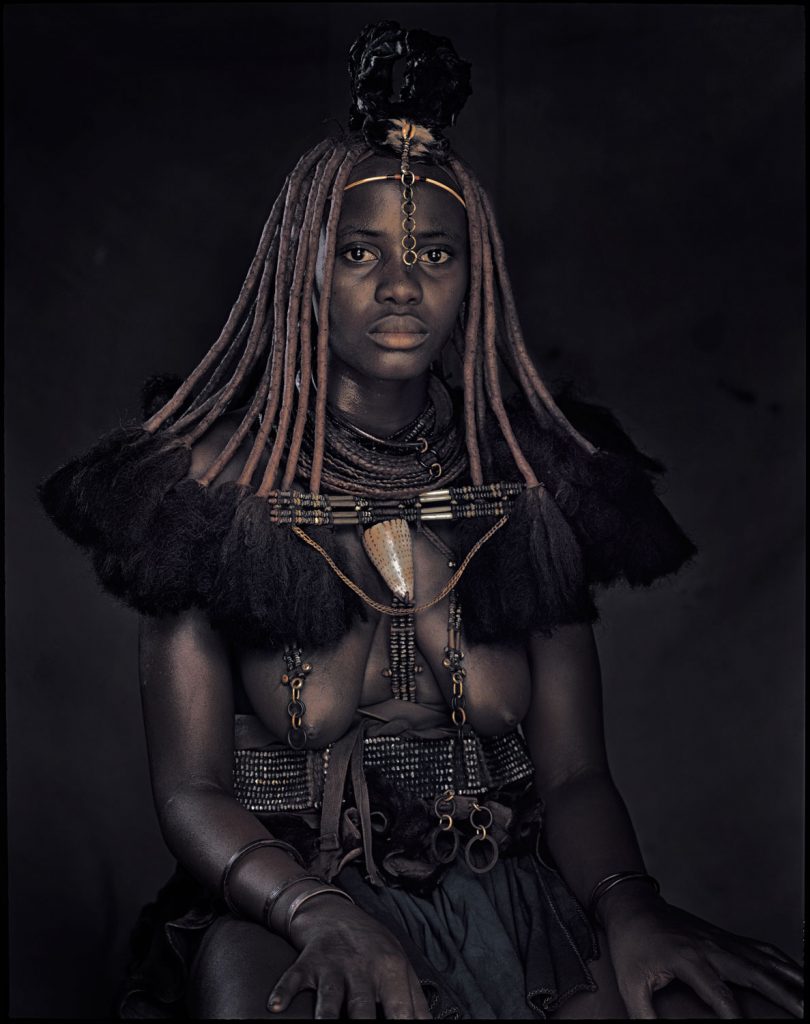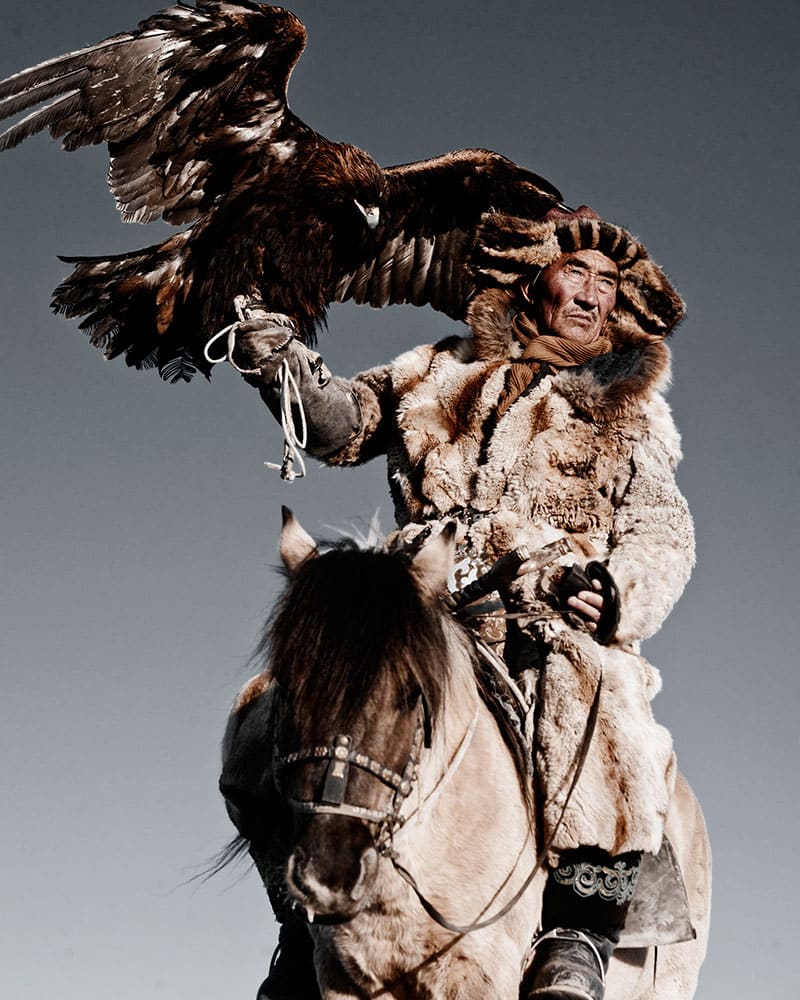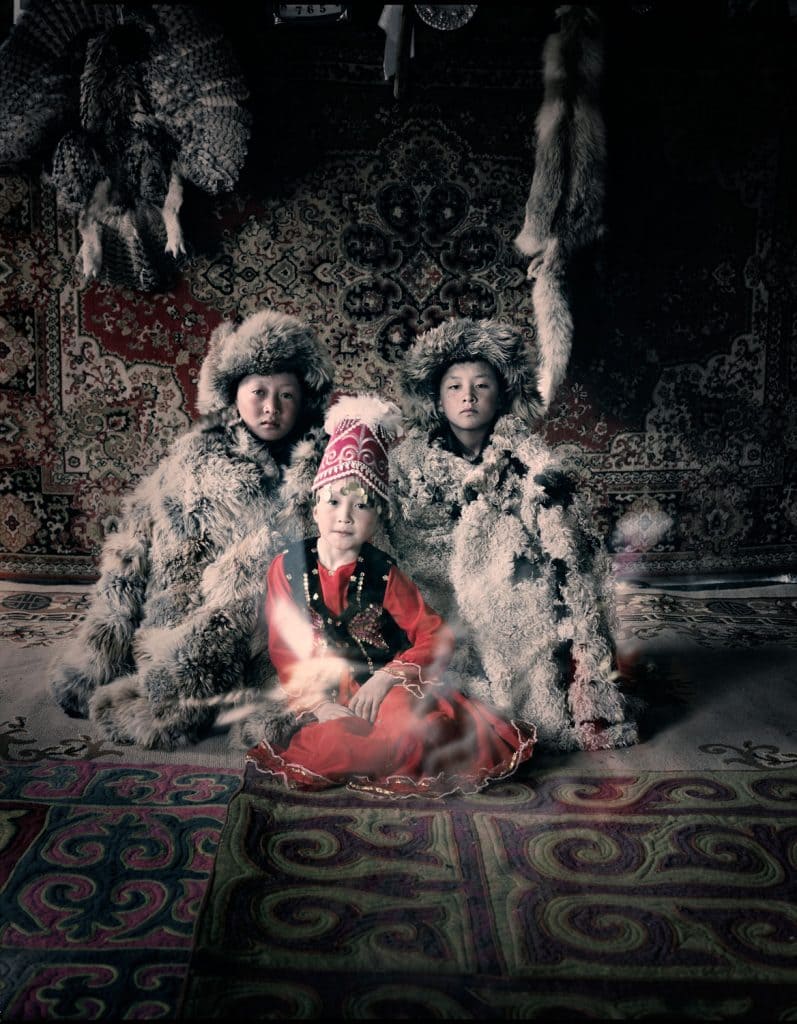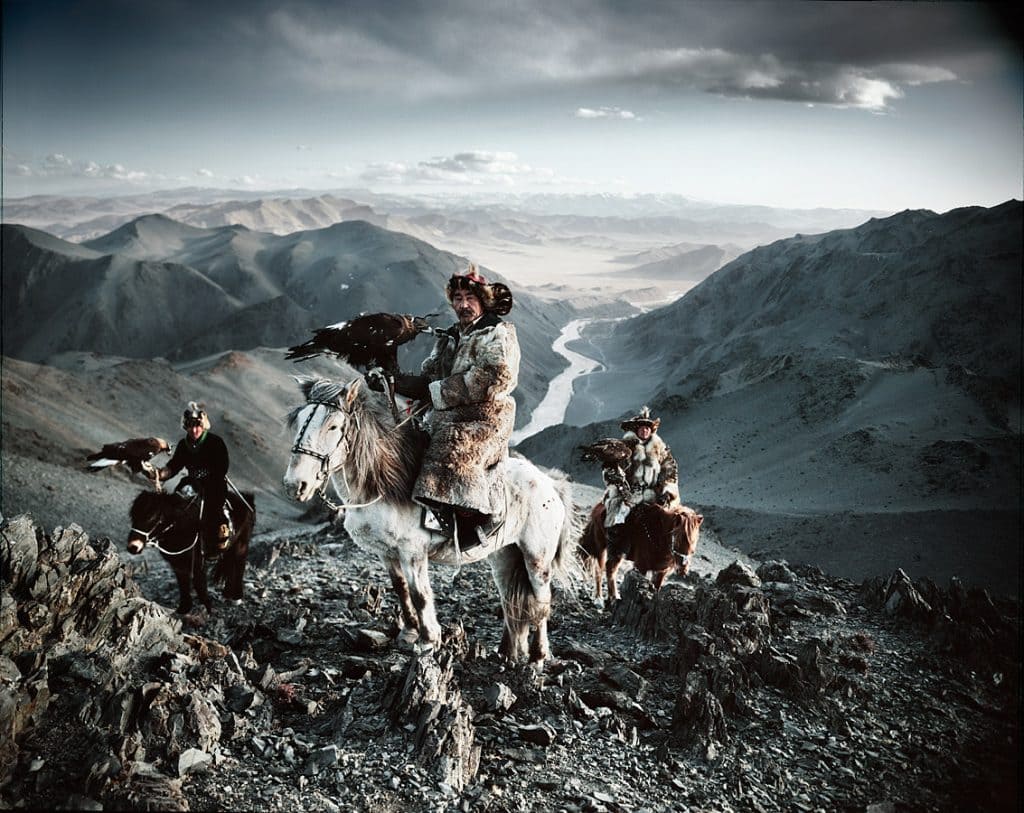Photographer Jimmy Nelson spent the past three years exploring the most remote places on Earth to capture mindblowing photographs of the last surviving tribes on Earth. Though his work albeit with good intentions has come under fierce controversy for painting a misconstrued picture of these tribes naturally ‘passing away’ and glosses over the genocidal violence to which many of the tribes pictured are being subjected. The less fortunate story is of indigenous people struggling to survive amongst and economically obsessed ‘progressive’ society. Here’s 80 images from the full series that convey the kind of drama and emotion that testifies to the irrepressible human will to beautify.
The full photographic book ‘Before They Pass Away’ is on Amazon here.
ASARO TRIBE
Location: Indonesia + Papua New Guinea
Photographed in 2010
The legendary Asaro Mudmen first met with the Western world in the middle of the 20th century. For countless years, the Asaro would frequently apply their mud and masks and terrorise other villages with occasional early- morning visits.
“Individually the people are all very sweet, but as their culture is being threatened they’re forced to stand up for themselves.”
– Jimmy Nelson
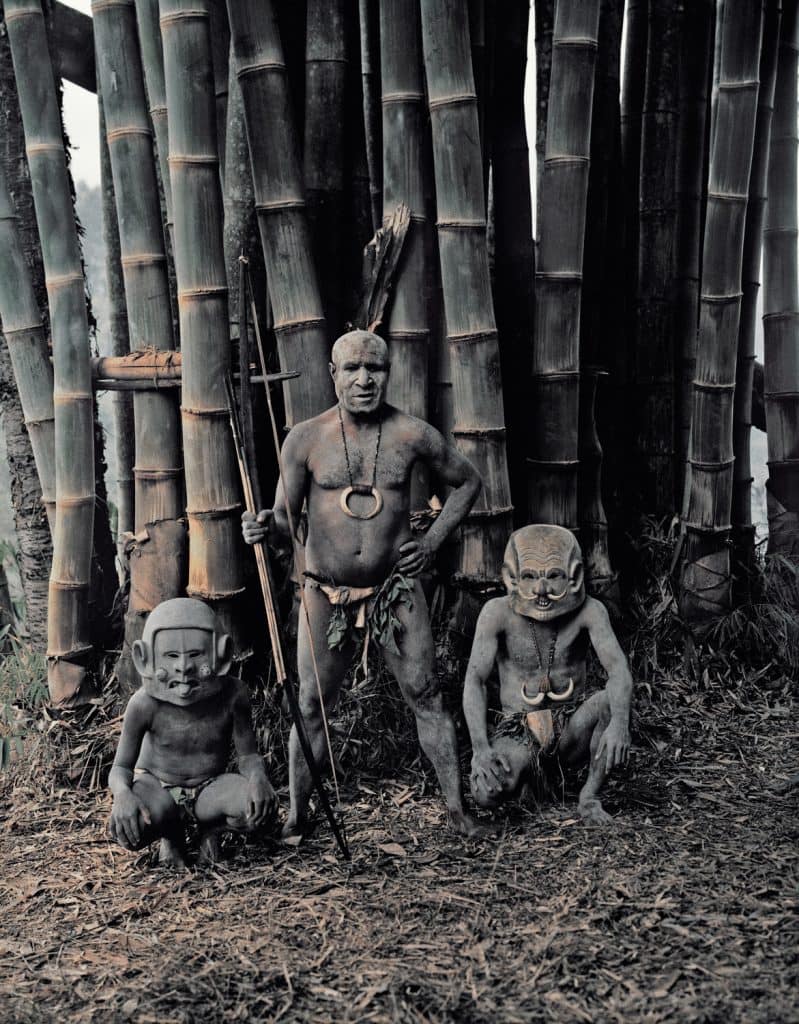
CHINESE FISHING TRIBE
Location: Guangxi, China
Photographed in 2010
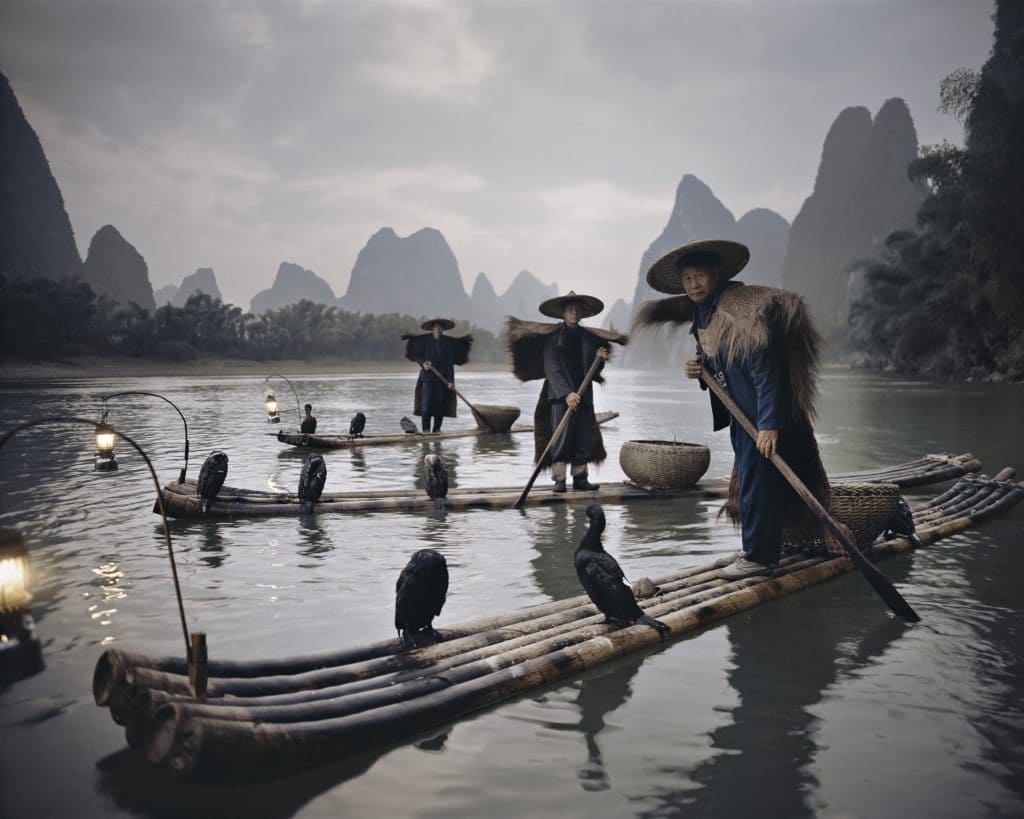 Cormorant fishing is a traditional fishing method using cormorants – a species of aquatic birds . To control the birds, the fishermen tie a snare near the base of the bird’s throat. This prevents the birds from swallowing larger fish, which are held in their throat, but the birds can swallow smaller fish.
Cormorant fishing is a traditional fishing method using cormorants – a species of aquatic birds . To control the birds, the fishermen tie a snare near the base of the bird’s throat. This prevents the birds from swallowing larger fish, which are held in their throat, but the birds can swallow smaller fish.
MAASAI TRIBE
Location: Kenya + Tanzania
Photographed in 2010
To be a Maasai is to be born into one of the last great warrior cultures. From boyhood to adulthood, young Maasai begin to learn the responsibilities of being a man and a warrior. The role of a warrior is to protect the livestock from human and animal predators and to provide security to their families. Through rituals and ceremonies, Maasai boys are guided and mentored by their fathers and other elders on how to become a warrior.
Lions can run faster than us, but we can run farther
NENETS TRIBE
Location: Siberia – Yamal
Photographed in 2011
The Nenets are reindeer herders, migrating across the Yamal peninsula, thriving for more then a millennium with temperatures from minus 50°C in winter to 35°C in summer. Their annual migration of over a 1000 km includes a 48 km crossing of the frozen waters of the Ob River.
“If you don’t drink warm blood and eat fresh meat, you are doomed to die on the tundra”
KOROWAI TRIBE
Location: Indonesia + Papua New Guinea
Photographed in 2010
The Korowai are one of the few Papuan tribes that do not wear the Koteka, a penis gourd. Instead, the men ‘hide’ their penises in their scrotums, to which a leaf is then tightly tied. They are hunter-gatherers, living in tree houses. They adhere to strict separatism between men and women.
YALI TRIBE
Location: Indonesia + Papua New Guinea
Photographed in 2010
They live in the virgin forests of the highlands. The Yali are officially recognised as pygmies, with men standing at just 150 cm tall. The Koteka, penis gourd (work by the men on each side of the image below), is a piece of traditional clothing used to distinguish indigenous identity.
KARO TRIBE
Location: Ethiopia
Photographed in 2011
The Omo Valley, situated in Africa’s Great Rift Valley, is home to an estimated 200,000 indigenous peoples who have lived there for millennia.
The tribes here have always traded between each other, for beads, food, cattle and cloth. More recently, the trade has been in guns and bullets. Inevitably, as roads are made through the area, other goods like beer and food find their way into the villages.
DASSANECH TRIBE
Location: Ethiopia
Photographed in 2011
The tribe is typical in that it is not strictly defined by ethnicity. Anyone can be admitted.
HUAORANI TRIBE
Location: Argentina + Ecuador
Photographed in 2011
For at least a thousand years, the Amazonian rainforest of Ecuador, the Oriente, has been home to the Huaorani (meaning ‘human beings’ or ‘the people’). They consider themselves to be the bravest indigenous group in the Amazon. Until 1956, they had never had any contact with the outside world.
VANUATU TRIBE
Location: Rah Lava Island, Torba Province
Photographed in 2011
Many Vanuatu believe that wealth can be obtained through ceremonies. Dance is an important part of their culture; many villages have dancing grounds called Nasara. 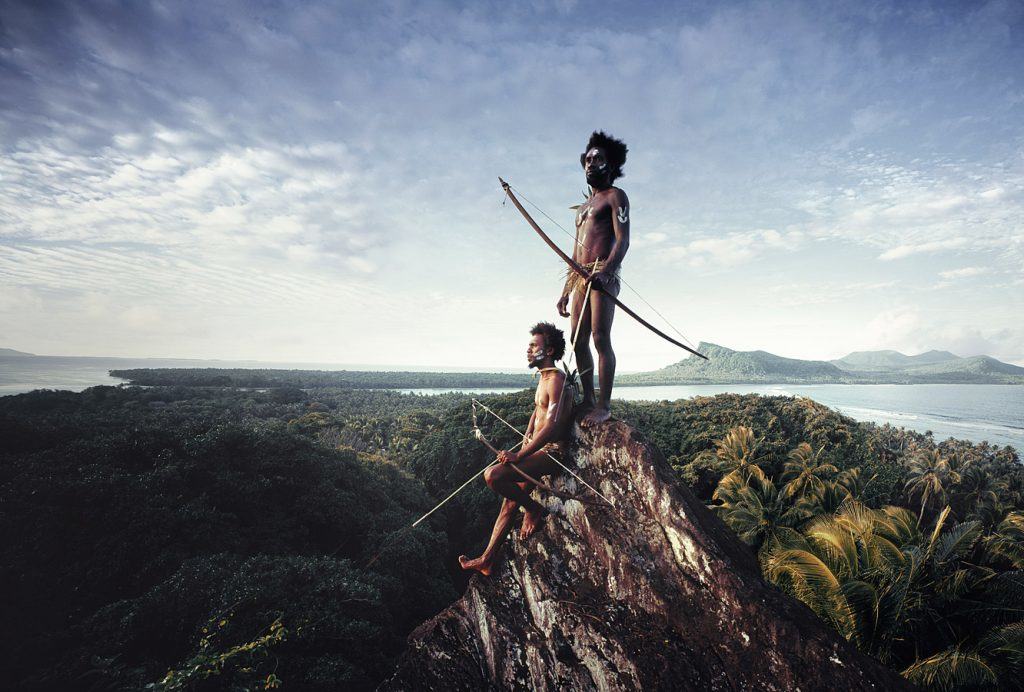
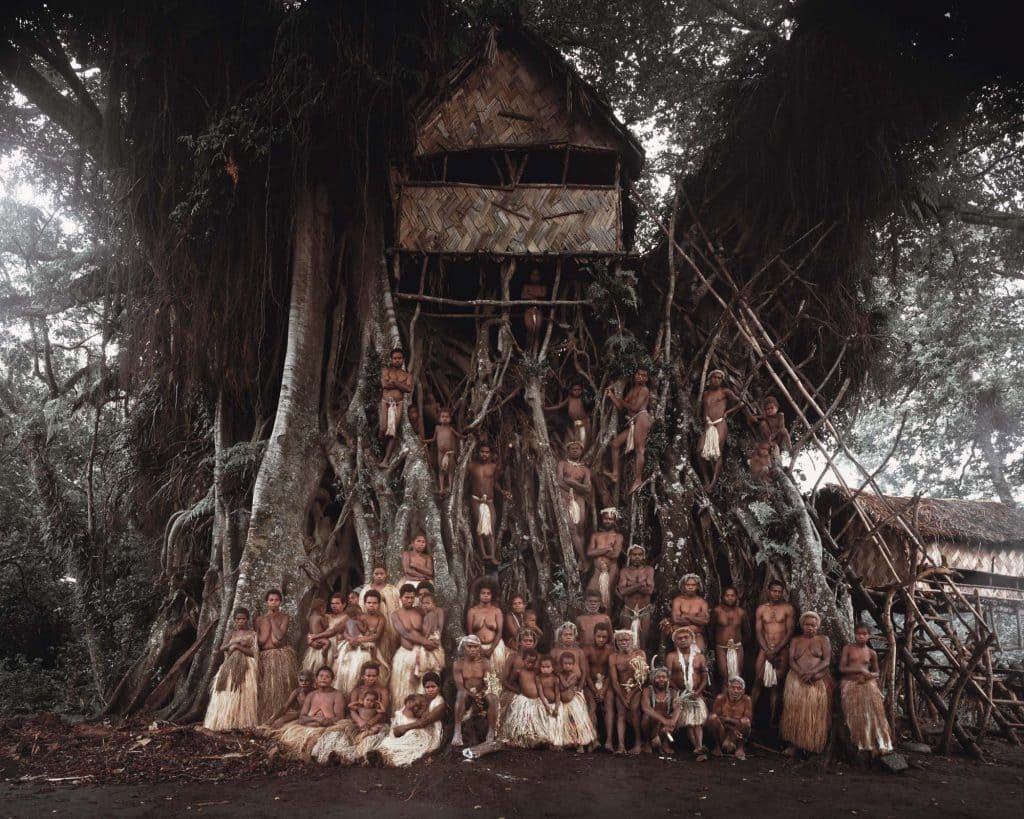
LADAKHI TRIBE
Location: India
Photographed in 2012
The Ladakhi share the beliefs of their Tibetan neighbours. Tibetan Buddhism, mixed with images of ferocious demons from the pre-Buddhist Bon religion, has been the principal religion in Ladakh for more than a thousand years.
MURSI TRIBE
Location: Ethiopia
Photographed in 2011
“It’s better to die than live without killing”
Mursi warriors are marked with horseshoe- shaped scars on their bodies. Men are gashed on their right arms, whereas women are gashed on their left arms. Very successful warriors have their thighs marked.
RABARI TRIBE
Location: India
Photographed in 2012
For almost 1,000 years, the Rabari have roamed the deserts and plains of what is today western India. The Rabari women dedicate long hours to embroidery, a vital and evolving expression of their crafted textile tradition. They also manage the hamlets and all money matters while the men are on the move with the herds.
SAMBURU TRIBE
Location: Kenya + Tanzania
Photographed in 2010
The Samburu have to relocate every 5 to 6 weeks to ensure their cattle can feed themselves. They are independent and egalitarian people, much more traditional than the Masaai.
MUSTANG TRIBE
Location: Nepal
Photographed in 2011
Most of the Mustang still believe that the world is flat. They are highly religious, prayers and festivals are an integral part of their lives. Now Tibetan culture is in danger of disappearing, it stands alone as one of the last truly Tibetan cultures existing today. Until 1991 no outsiders were allowed to enter Mustang.
MAORI TRIBE
Location: New Zealand
Photographed in 2011
“My language is my awakening, my language is the window to my soul”
As a polytheist culture, the Maori worshipped many gods, goddesses and spirits. Maori believe that ancestors and supernatural beings are ever-present and able to help the tribe in times of need. Myths are set in the remote past. They present Maori ideas about the creation of the universe and the origins of gods and of people.
GOROKA TRIBE
Location: Indonesia + Papua New Guinea
Photographed in 2011
Life is simple in the highland villages. The residents have plenty of good food, close-knit families and a great respect for the wonders of nature. They survive by hunting, gathering plants and growing crops. Indigenous warfare is common and men go through great effort to impress the enemy with make-up and ornaments.
“Knowledge is only rumour until it is in the muscle”
HULI TRIBE
Location: Indonesia + Papua New Guinea
Photographed in 2010
The indigenous groups fight over land, pigs and women. Great effort is made to impress the enemy. The largest indigenous group, the Huli wigmen, paint their faces yellow, red and white and are famous for their tradition of making ornamented wigs from their own hair.
HIMBA TRIBE
Location: Namibia
Photographed in 2011
Each member belongs to two clans, through the father and the mother. Marriages are arranged with a view to spreading wealth. Looks are vital, it tells everything about one’s place within the group and phase of life. The headman, normally a grandfather, is responsible for the rules of the indigenous group.
KAZAKH TRIBE
Location: Mongolia
Photographed in 2011
The Kazakhs are the descendants of Turkic, Mongolic and Indo-Iranian indigenous groups and Huns that populated the territory between Siberia and the Black Sea.
The ancient art of eagle hunting is one of many traditions and skills that the Kazakhs have been able to hold on to for the last decades. They rely on their clan and herds, believing in pre-Islamic cults of the sky, the ancestors, fire and the supernatural forces of good and evil spirits. Here’s a fascinating video of the eagles hunting down wolves in Mongolia
Thanks for reading.
The full photographic book with more images of the last surviving tribes on earth – ‘Before They Pass Away’ is on Amazon here.
